What’s in My Camera Bag?
My Ultimate Guide to help you discover the best travel cameras for stunning photos and videos on your next adventure
Filming in Pompeii, Italy.
I’ve been traveling, filming and photographing professionally for over 15 years, and I’ve finally settled on the perfect travel camera kit for me. In my quest for the perfect “go-bag” of cameras and accessories, I’ve wasted a stupid amount money over the years. If you’re an aspiring travel videographer/photographer, learn from my mistakes and use this as a guide so you don’t waste your hard earned money.
When you’re traveling, you want to be light as possible, so every camera and accessory in my bag must serve a purpose. This becomes especially hard when you’re a “hybrid” shooter like me - I shoot both video and photos. Through years of trial and error, I have finally settled on what I bring each time we travel. Each camera serves a very different purpose, and each accessory is essential for certain shots. I don’t bring every single camera every time I travel, but I would say I bring about 80% of these each time.
Now, keep in mind, this kit wasn’t bought all at once. This is years of buying, selling, trading & upgrading - so don’t feel like you need all of these cameras to even get started. An iPhone and a GoPro will get you 90% of the way there. Then, when you’re ready to take your footage to the next level, take a look here.
Download my Free Printable Packing Lists Here
Note: Some links may be affiliate links, meaning that if you purchase a product through them, I make a commission. This has no bearing on my reviews, recommendations or suggestions.
Big Daddy Cameras
These are the legit, mirrorless, heavy hitting, “Big Daddy” cameras I use. If you’ve ever watched any of my footage and thought, “wow, that is crystal clear, cinematic greatness” - as I’m sure you all have at one time or another - that was undoubtedly captured with one of these cameras.
Sony A1
This is my go-to, ride or die, “A Camera”. I refer to it as “Thor’s Hammer”. I absolutely LOVE this camera. If you’ve ever seen any pictures or videos of me holding a camera, there’s a 99% chance it’s this one I have slung around my neck. It’s legitimately just about the greatest camera in the world, and that’s not hyperbole. That said, it has a price tag to match. Now, there is no shortage of YouTube videos and blogs out there that delve into all the nitty gritty details on this camera for anyone interested, but for now, let’s talk about a few of my personal favorite real-world specs:
Video
This beast can shoot in 8k, 30fps. I call that footage “future proof”.
It shoots in 4k 120fps for incredible slo-mo shots. Picture flames coming up from someone cooking, water cascading from a fountain - in crystal clear slo-mo.
The auto-focus on this thing can find a bird’s eye flying at 20mph hundreds of yards away like it’s nothing.
It has S-Cinetone, which gives me a beautiful cinematic look right out of the camera with no color grading. Or, of course, I can shoot in LOG.
No matter where I am in the world, if you ever see any pictures or videos of me holding a camera, there’s a 99% chance it’s the Sony A1 I have slung around my neck.
Photo
This behemoth can shoot 50MP photos at 30fps. Yes, you read that correctly. That means that each and every second, I can shoot 30 photos. All in RAW. At full 50.1MP resolution. That means that each and every one of those photos are so crystal clear I could blow them up to be the size of a billboard and they would still be crystal clear. In case you’re not sure, that is nuts.
But, it’s not all roses. Here are a few things I don’t like about it.
Cons
The screen doesn’t flip all the way around to view yourself from the front (although, it does on the newly released upgraded model Sony A1 II)
Stabilization kinda sucks on Sony cameras. I don’t know why this is, but there you have it. That said, as long as you have a relatively stable shot, it’s nothing that the Stabilize tool on Final Cut Pro or any other editing platform can’t easily fix.
I wish it had a way to geotag photos and video with a built-in GPS receiver.
Even after you buy the expensive camera body, you still have a lot more investing in high end equipment to get the most out of the camera - G Master lenses, CF Express Type A memory cards, etc.
This is obviously not a camera one simply jumps into willy nilly. This is not an impulse buy. It’s no joke to say that this camera costs more than my first car. Actually, it costs about 4x as much as my first car once lenses, batteries, and memory cards are factored in. This camera is for professional photographers and videographers. If you’re going this route, I’m sure you’ll do lots of research before making the purchase, so all I can say is this - I absolutely love this camera, and even though there are a few things I would change about it, it’s still, in my opinion, the best “consumer” camera on the market. I would put this up against some $100k cinema grade cameras and I would bet no one would be able to tell the difference. There are definitely some more economical choices out there. For 90% of people, my recommendation would be the Sony a7 IV. This is a great camera at about half the price. Although it doesn’t shoot in 8k (it tops out at 4k 60fps) and the photos are 33MP rather than 50.1MP, this is still an incredible camera. It’s a full-frame camera, with 10-bit 4:2:2 video and S-Cinetone. A 33MP photo is MORE than enough for pretty much every application, and you’ll save a bundle. The A1 (or the newer A1 II), is only for those that use a camera professionally, for those that simply require the best of the best, or those for whom money is simply no object. I wouldn’t trade my A1 for anything (except maybe the A1 II), but that doesn’t mean you need something of this caliber to get amazing photos and video.
Sample Photos from the Sony A1







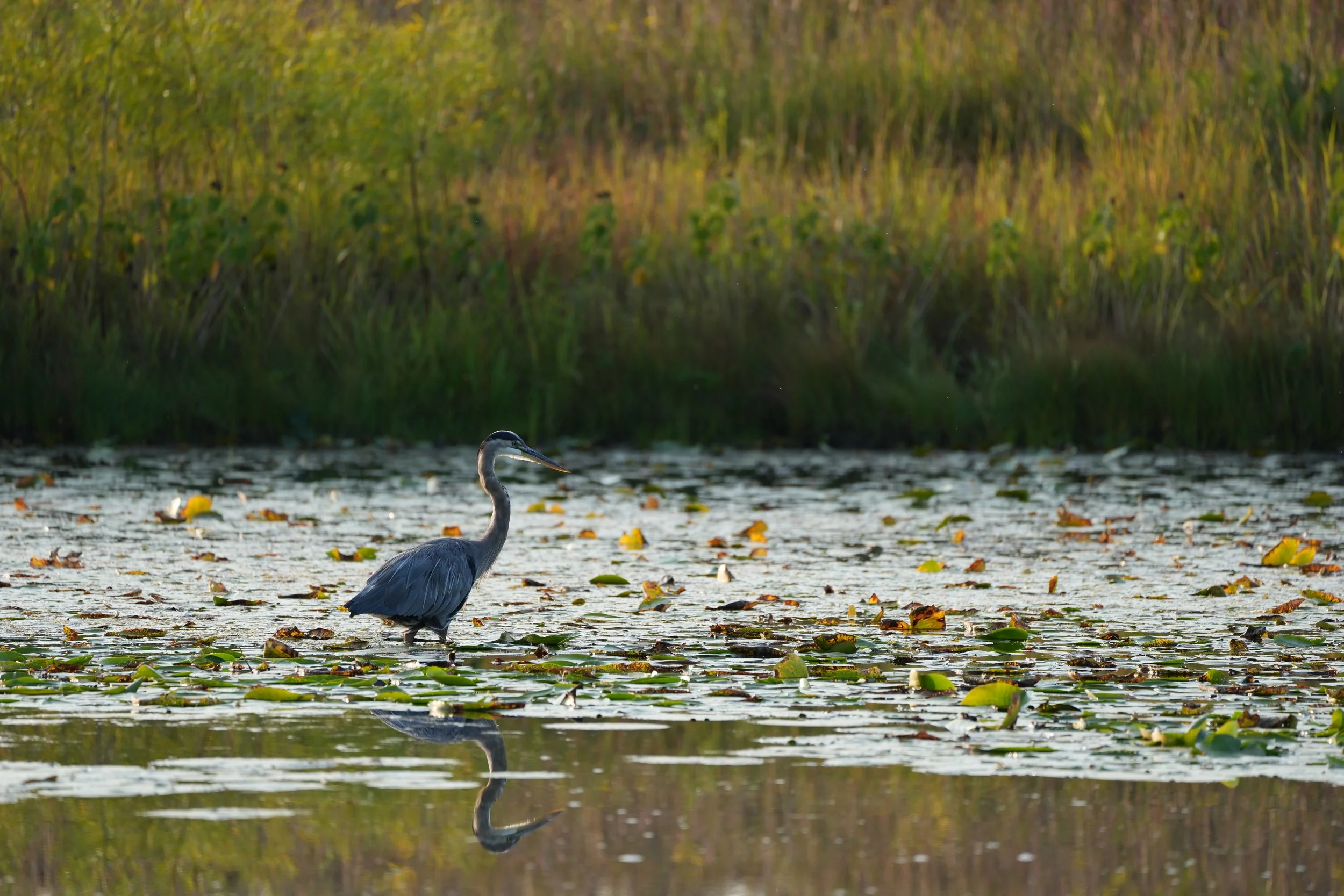
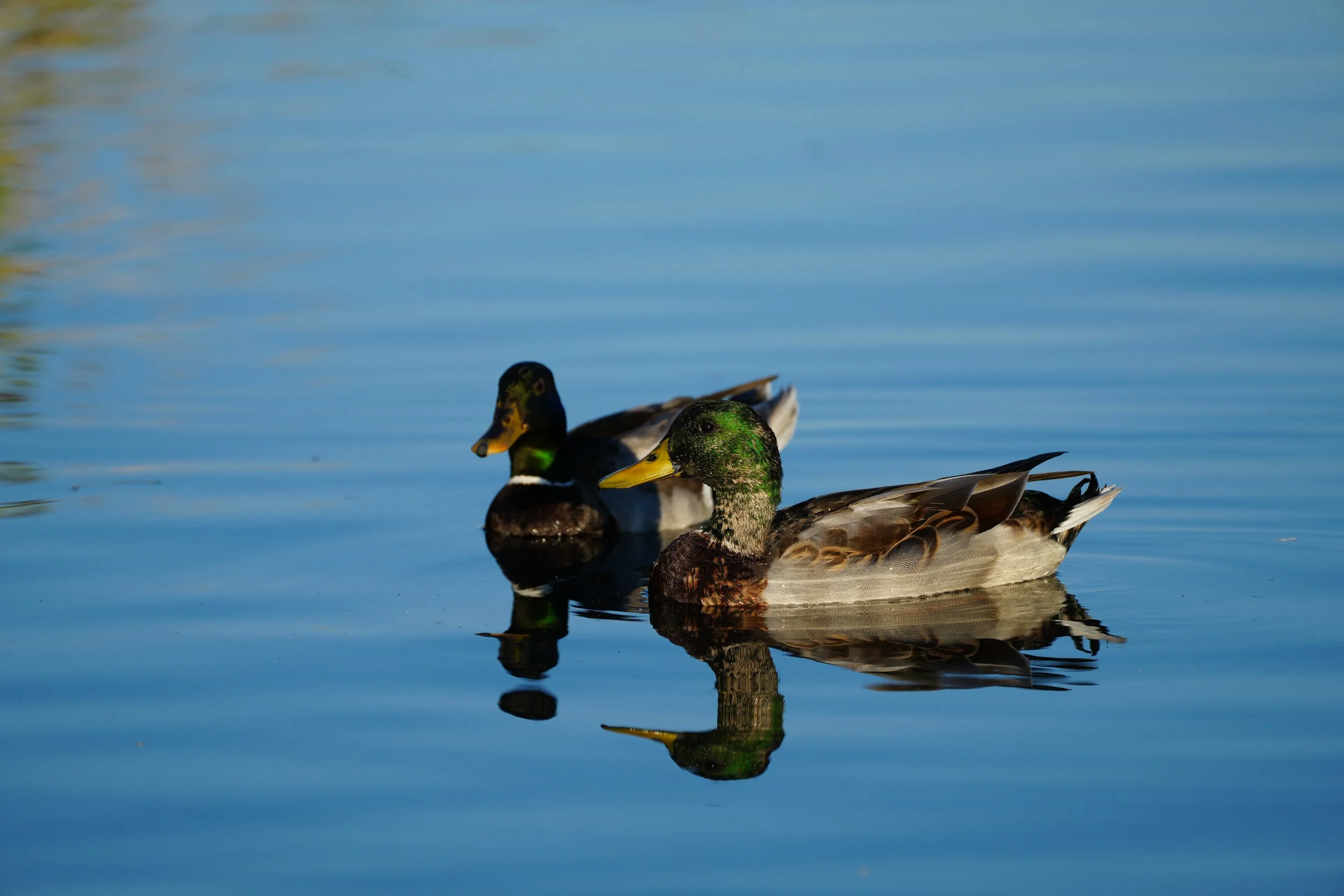
Sony FX3
We are in what I would consider to be a golden age of cameras. An age when, for a relatively low cost entry point, anyone can buy a camera worthy of a Hollywood movie. Case in point - the Sony FX3. This camera is so good that genuine IMAX Hollywood movies have been made with it. No joke - the movie, “The Creator” was shot entirely on the Sony FX3. Now, this is still a relatively expensive camera. However, if you consider that not that long ago, the barrier to entry for a cinema quality camera was $25k - $50k (and many “cinema quality” cameras still sit anywhere in the $7k - $40k range even now), a camera of this quality, at this price point is pretty incredible. If you compared video filmed on the FX3 and video shot on a $30k camera, and the two images were side-by-side, my guess is that 98% of people wouldn’t see much of a difference, and 100% of people wouldn’t care, provided the final product was interesting. (Camera bros that are going to talk about video codecs, rolling shutters, and sensor readout speeds excluded, of course). Don’t believe me? Check out this video that tests exactly that scenario.
Video
This is my “B Camera”, but it just as easily could be my “A Camera”. Though I would classify myself as a hybrid shooter, I would say that I still have a bit more focus on video over photo. The FX3 is a part of the Sony Alpha line, and more specifically the Alpha Cinema line. I wanted a secondary camera for a few reasons - first off all, if God forbid, something should happen to my A1 while I’m traveling (it falls and breaks, gets stolen, etc) I have a second body that works with my existing E-mount system. Second, there are times when I needed multiple angles, and there are also times when I had a friend with me that was filming. I knew that I needed a second camera that would fit well with my current lineup, and the FX3 was perfect for me. It uses Sony E-mount lenses, just like my A1, so I was able to use all the lenses I already owned. It also used the same batteries and memory cards as the A1, so I didn’t have to go buying a lot of new equipment. Plus, when it came to traveling, all I was adding was one additional camera body. In addition to that, splicing the footage together was seamless because both cameras have similar color profiles, along with S-Cinetone. This camera is also an absolute beast of a camera. It will shoot in 4k all day and never overheat. This is the camera that I use to shoot our podcast. Initially we used the Sony A1, and after about 45 minutes it would inevitably overheat and we were stuck sitting for 15 minutes while it cooled down just as we were getting into the flow of things.That is never an issue with the FX3. It will plug away easily for a 2 hour episode like it’s nothing. The footage that comes out of this camera is gorgeous, and it’s so cinematic right out of the camera with S-Cinetone.
Photo
While this is really made to shine on the video making front, it’s no slouch when it comes to photography. Some of my favorite photographs I’ve ever taken have come from this camera. It shoots in RAW, and with a touch of editing, the photos coming out of this are awesome.
Sample Photos from the Sony FX3





Sony AX700
This camera is one of my favorites. While it’s no longer in production, you can find good deals on used models, and let me tell you why it may be worth considering. This camera is still one of my go-to cameras, and it’s the only “video camera” or “camcorder” on the list. This is what I would refer to as a “run & gun” camera, meaning I can pick it up, flick it on, and I can get virtually any video shot I need. If I’m looking to travel as light as possible and I only want to bring one camera, this is a great option. The video it not going to be as amazing as the other two Sony cameras, admittedly, but it’s still pretty incredible. Where this really shines, however, is the zoom lens. That alone is often why I bring this along over my other two cameras. I have a giant E-mount zoom lens (my Sony FE 70-200mm GM), and if we’re doing a road trip where luggage space is not an issue, I’ll bring that along. But that lens is huge! It’s larger and heavier than this entire camera. This camera has an incredible zoom on it, and it has the added benefit of being an actual camera, whereas my Sony 70-200 lens, while it’s a better lens, is essentially a very expensive Pringles can without being attached to a camera body. The AX700 shoots in 4K, and given it’s relatively inexpensive price tag (keep in mind, I said relatively) this is the camera I bring with me a lot of times when I know terrain is going to be rough and I don’t want to bring my more expensive cameras. I will also use this as a backup camera (or something with a much more negative connotation that I won’t repeat here that sounds like “witch camera”.) Meaning that I will set it up and have it rolling as a backup. I’ve filmed one too many videos just to turn around and find that the camera wasn’t rolling, or it overheated halfway through, etc. If I’m filming a school play or a wedding or something along those lines, this camera gets set up on a tripod, gets a nice shot of the whole scene, and it’s off and running. With dual memory card slots it has tons of space, and the battery lasts quite a while. Then I can use other cameras for close ups, and then edit the whole thing together. It has built in ND filters, a 1” sensor, and a hot shoe on top. The newer models that are out today (something like the Sony HXR-NX800) offer only a few upgrades to this model and cost twice as much, so if you can get your hands on this model, it’s a great investment. Plus, it offers all of this in a very small package. Cameras much larger than this are what I like to call “permit cameras”, meaning that once cameras start to get to be a certain size, suddenly security guards and managers start coming over to you and asking, “do you have a permit to be using that here?” Whereas this little guy just makes you look like you’re an excited dad on vacation, but you get professional quality footage on the other end.
Pros
4K Video
Run & Gun
Amazing Zoom
1” Sensor
Footage meshes well with my other Sony cameras
Dual Memory Card Slots
Built in ND Filters
Hot Shoe
Cons
No Photos (Well, technically, it does take photos, but they’re pretty terrible).
Footage not as good as the other cameras on this list
Nowadays, video cameras (specifically camcorders like this) have mostly gone the way of the dinosaurs. Most videographers use DSLR or mirrorless cameras. And there’s a reason that I, as a hybrid shooter, still use those other two cameras 4/5 times. Sony has sort of bridged the gap with their Cinema line, including the FX3, which focus on the needs of videographers. But I still do like having a real life, old school video camera sometimes. Maybe I’m nostalgic, but I do think they’re nice to have in the arsenal.
Lenses
Sony’s G Master Lenses
I mean, what do I even say here? These lenses are incredible. All three of these lenses share the same amount of admiration from me, and many of the same attributes, so I’ll write one description for all of them. All three of these lenses are a in Sony’s G Master line, meaning they are top of the line full-frame lenses. Their autofocus, bokeh, clarity, and superb resolution are truly world class. As incredible as the camera bodies are that I’ve described above, they would be nothing if not paired with these amazing G Master lenses.
The main difference, obviously, is the focal length. If you get one lens, there is absolutely no doubt that it should be the 24-70mm. This is the lens I use 90% of the time. It covers most of the ground I need it to on a normal basis. The 70-200mm is obviously a zoom lens, and there is no better lens, in my opinion, for capturing wildlife. If I were to go on safari, I would have my 24-70mm attached to my Sony A1, and my 70-200mm attached to my FX3. Both would be slung around my neck, and provided I could still stand, that would allow me to capture some Nat Geo level photo and video. The 16-35mm is probably the least useful of the three, however, when I do need it, it does come in handy. I specifically use it in places like churches, the Pantheon in Rome, etc, when I want to be sure to get the entire space in one shot. That’s where that 16mm really comes in handy. It’s also nice when it comes to vlogging, because it allows me to be closer to the camera (ie at arm’s length), without seeming like I’m in the Blair Witch Project.
Sony FE 24-70mm GM II
Sony FE 16-35mm GM
Sony FE 70-200mm GM
Vlogging Camera
Dji Osmo Pocket 3
This is such a nifty little camera! I love this thing. The earlier versions of this camera, I always thought, were rather gimmicky, but not anymore. This thing is a powerhouse, and I find myself reaching for it all the time. It really does so much at a very palatable price point. This is our main “vlogging” camera and there are a few reasons for this. First off is the stabilization. We, more often than not, are walking and talking to the camera at the same time. Because this camera is on a perpetual gimbal, the footage, even while walking, is incredibly smooth. That goes for “vlogging” style, when we have the camera facing us, or when we turn the camera around and have it “POV” style, showing where we are walking. While we still use our iPhones a lot for vlogging, we nowadays, more often, reach for this camera. There a a few reasons for this. First is the stability, as I mentioned. But second is the fact that, in contrast to the iPhone where you have a camera with less resolution on the front facing side, this is the same camera whether it’s front facing or back facing, so you’re getting full 4k footage either way.
DJI Osmo Pocket 3
But vlogging is only the first trick in this camera’s arsenal. One of my other go-to features is its fantastic Motionlapse time-lapse video! Now, many cameras have time-lapse options - iPhones, GoPros, even drones and large A cameras can do time-lapse. But what sets this camera apart is it’s easy RTL or LTR time-lapse. Because this camera is on its own gimbal, it can take RTL (right to left) or LTR (left to right) time-lapse videos with the simple press of a button. So the camera slowly pans as it takes the time-lapse, giving your final shot so much more dynamic action over a simple straight forward time-lapse. It can make it so much more visually interesting. I used to carry a little hockey puck sized device that I would mount to the top of a tripod, and then mount my GoPro to that for the same effect. This has it all built in.
Those are just the tip of the iceberg here. This little camera also takes great panorama photos, it can capture in either horizontal or vertical video (if you’re filming for social media), 4k 120p video for slo-mo, ActiveTrack if you’re filming yourself, and so much more.
Action Cams
GoPro Hero 12 Black
I’m a huge GoPro guy. I’ve owned GoPros for well over a decade, and I still have at least four sitting my camera cabinet. My current go-to is the Hero 12 Black. I use this camera for all kinds of shots. First of all, this camera is totally waterproof, so if you want some fun shots snorkeling in the ocean, swimming in the pool, kayaking, etc, then this is going to be your camera. The other big thing I use it for is time-lapse video. Specifically, I use it (most often) for sunrise or sunset time-lapse videos. For many, many years, I would set up my shot the night before, then go to bed. I would set an alarm for 5:00AM or so, go out to our hotel balcony, start the time-lapse, and then go back to bed. No longer! Now, you can schedule a time-lapse! So I can set up my shot, set it to start recording at any specific time, and I get to sleep in. Life is good! I will also use that feature if I know we’re going to be out all day. I’ll set up my camera in the morning for an afternoon shot, so while we’re out at dinner, my camera is happily working away and I don’t even have to think about it.
This, again, is the tip of the iceberg with the GoPro. This is a rugged little bugger, and it can go anywhere and do just about anything. I’ve attached my GoPro to my car, to my bike, and even to my helmet on a bobsled.
There is a Hero 13 out now, but honestly, my suggestion would be to save the money and go with the 12. I actually like the 12 better than the 13. The big “upgrade” on the 13 was the ability to interchange with all these new lenses, most of which you’ll never need, and all of the effects of which you can get in editing later on. Otherwise, all of the specs that really matter stayed virtually unchanged. What I really wanted them to do was upgrade the sensor and get us some 8K footage, but I dream. Maybe the Hero 14? We’ll see. But for now, I love the 12 and it would be my suggestion if you’re in the market. (Note - the price of the 13 has recently gone down in anticipation of the new models coming out, so if it’s relatively the same price, then it may be worth now going with the GoPro Hero13. I don’t think it’s worth upgrading if you already have the 12, but if you’re buying one for the first time, you may as well get the newest model.)
Insta360 GO 3S
I was NOT in the market for a new action cam, and then this little bugger snuck into my life and, unexpectedly, into my heart. I have to say, as much as I love GoPro, it is pretty exciting seeing this level of innovation happening in the action camera space! This camera is itty bitty. Teeny tiny. It’s about the size of your thumb, and it can go places that no other camera can - not even my GoPro. It has unleashed a wave of creativity in me just because I find myself trying to find the most fun ways to use this camera. In just the two trips I’ve gone on since I got it, I used it on an air hockey table to get a really cool perspective of the puck zooming around, I’ve attached it to a cruise ship wall, I’ve worn it around my neck leaving both hands free to carry a plate through a restaurant, I wore it on my wrist going down a water slide, and I wore it on a roller coaster for a POV view. It has a very strong magnet on the back, which allows it to connect to an array of accessories, but it also can easily attach to all sorts of things. It’s also waterproof, which makes it a fun little camera to use in the pool, on waterslides, etc. Now, I have to say, supposedly it shoots in 4k, but all of the footage I’ve had come out of it has been less than crystal clear. It seems to me that it’s all coming out closer to 1080p even though it says the footage is 4k, but maybe that’s just me. Footage is never clear enough for me. I’m excited to continue traveling with this little camera just so that I can keep coming up with fun creative ways to use it!
Drones
DJI Mavic Air 3S
(Newer model of the one I own)
I absolutely love my drone. I love the footage that comes out of it. I love flying it. I love the unique perspectives it provides. But the world does not love my drone. I would say that for every ten times I travel, I bring my drone on one trip. I can’t bring my drone on cruise ships (even if I wanted to simply fly it in ports), I can’t bring it to theme parks, many cities have banned them or severely limited what you’re able to do with them, and even some countries have banned them. As a matter of fact, when we landed in Egypt, customs asked us one question and one question only - do we have a drone? I won’t say that I don’t understand, because I do. There are a lot of idiots out there that do a lot of dumb things, so I get it. As much as I absolutely love my drone and I wish I could use it everywhere I go, knowing how much it would add to my travel videos, I can’t bring it most places we travel. In fact, it’s hard to even find drones anywhere now with the US cracking down on DJI drones. So, if you still can even get a DJI drone, this is the newer version of the one I own (mine is a generation or two older), and it’s amazing.
DJI Mini 4 Pro
(The one I would buy if I were to buy a new one now)
That said, if I were to buy a new drone today (which, I may not even be able to with the crack down on drones these days), this is the one I would buy. I originally bought the Mavic because at the time, the camera had better specs and the obstacle avoidance system was better. However, that is no longer the case. Nowadays, you can get everything my drone has in a lighter package with the Mini 4 Pro. It films in 4k 60fps, takes 48MP photos, and it has omnidirectional obstacle sensing. All of that in a package weighing less than 249grams, meaning that special training and certification is not necessary in many countries. That is a win!
Specialty Cameras
Insta360 X4
This is a newcomer to my camera bag, and honestly, I’m not sure how I feel about it yet. I’m trying to reserve judgement for the moment. I think it’s a bit gimmicky, but I also think a big part of that is my lack of knowledge on how to use it. I’ve seen what some other people have been able to do and it’s cool. Very cool, actually. So I’m going to use it more before I tell you any more about it.
Accessories
CF Express Type A Memory Cards
These memory cards are expensive. Stupid expensive. But if you want to truly take advantage of what the Sony A1 and FX3 can do (8k video, 30FPS in full RAW), you’re going to need to invest in them. Both cameras also take standard memory cards, but the CF Express Type A cards are necessary for those huge read/write speeds.
SanDisk CF Express Type A Memory Cards
See how in that last area I wrote that those memory cards are stupid expensive? Well, SanDisk to the rescue! I had looked for years trying to find another reputable brand of CF Express Type A memory cards that were less expensive than the name brand Sony ones, and all the alternatives were cheap brands I had never heard of. Finally, SanDisk has released these PRO-Cinema cards that a much better deal! As of this writing, for the same price, these cards are 480GB vs the Sony 160GB, and the read and write speeds are more than twice as fast. I bought these before our last 3 week trip to Europe and I had absolutely no issues with them at all with both video and photo. They worked just as well as their Sony counterparts!
SanDisk Extreme Pro 256 GB
For all other purposes that don’t require a CF Express Type A card, I’m a big fan of the SanDisk brand. The 200MB/s read/write speed is fantastic, and 256 GB is a great size for a memory card. I don’t like to go too much larger than that (maybe a 512GB here and there), because if I lose that memory card or if it corrupts, I lose a lot more footage, possibly multiple trips. I’m crazy about backing things up in multiple places all the time, but I still would rather carry a few 256GB cards or a couple 512GB cards than one singular 1TB card.
SanDisk Extreme Pro Micro SD 512GB
Again, I’m a big fan of the SanDisk brand, and the Micro SD card is no exception. I like the 256GB or the 512GB size for these cards for the reasons mentioned above on the Extreme Pro SD Card. I use the Micro SD in my GoPros, Osmo Pocket, drone, Insta 360, and more. These are fantastic little cards!
Memory Card Storage Box
When I travel, I always bring along backup memory cards, and I like this memory card storage box. It holds 8 standard memory cards, which is more than enough for weeks of travel, and I love that it also has spots underneath each for Micro SD Cards. Pro Tip: I backup my footage every night before bed when we travel. When we fly home, I always put this memory card box in one suitcase, and my hard drive that has all my backed up footage in another bag. One goes in my checked bag and one goes in carry on. That way, if one of my bags is lost or stolen, I have at least one copy of all my footage either on the memory cards or on my hard drive.
SanDisk Extreme Pro 4TB Hard Drive
I love these hard drives. Yes, I know that love is a strong word, but I can assure you, it is the correct term for the affection I feel for these little beauties. For many, many years, I used a different brand of hard drive to back up all my footage. Let’s just say, I didn’t know what I was missing out on until I made the switch. These are much smaller than my previous external hard drives, which is nice for travel purposes, but more than that - much more than that - these suckers are FAST! When we travel, I’m out shooting in 4k, and sometimes in 8k for several hours. I take hundreds of photos each day. I shoot in RAW + JPEG, and those photos are massive. The end result is that each day, I end up transferring anywhere from 60GB - 100GB of video and photo every day to these. For my old hard drives, I would start the backup and about an hour later, they would be done. With these, that massive amount of data will transfer in about 4 minutes. No joke. Now, there are a million factors that go into that. How fast your computer is, how fast your memory cards are on your camera, etc. But with my CF Express Type A cards (see above), my MacBook Pro, and this Extreme Pro hard drive (which can transfer at speeds up to 2000MB/s), it’s lighting fast. It was a game changer. I did figure out that you must use the cable that came with your hard drive. Other cables I’ve used significantly slowed down the process. And I’ve bought so many of these over the years now that I have a lot of them, so I use the same cables running from my camera to my computer on the other end. But at the end of a long day of travel, especially with two young kids, I’m usually exhausted. The last thing I want to do is stay up until midnight backing up footage, and thanks to this SanDisk, I no longer have to. Aside from how fast it is, it’s also solidly constructed - a built in heatsink helps prevent overheating, it has 3-meter drop protection, and it’s IP65 water and dust resistant. 4TB is enough for a normal human to last several years (I go through about 1-2 a year, but that’s me).
SanDisk Extreme Pro Case
This is just a nifty little case for the SanDisk Extreme Pro Hard Drive. Even though it probably doesn’t need it, I always put it in this before I throw it in my backpack for some extra protection.
Camera Bags
Camera bags are the Bain of my existence. I’ve tried them all, and I mean ALL. Much like Goldilocks, I’ve tried backpacks, messenger bags & slings of various shapes, colors, sizes and materials and none of them are quite right. So while I await my Prince Charming of camera bags, here are the best ones I’ve found so far.
LensCoat BodyBag Camera Body Case
When I’m actively traveling, my cameras are typically dismantled. I like to use these neoprene covers to give my camera bodies some extra cushion no matter what vessel they may find themselves traveling inside. The Sony lenses listed above come with very nice Sony cases, so they don’t require after market cases, but the camera bodies do.
Cwatcun Camera Sling (Large)
This has been my “go-to” camera day bag of late. It’s just large enough to bring one of my big daddy cameras, my Osmo Pocket 3, and a few odds and ends. It says you could bring two lenses, and I suppose you could, but you would have to dismantle them every time you put them in the bag which would be a bit of a pain. But, it’s well padded so my camera is protected, and I like the way it looks, which is important. The water bottle holder, zip pockets, and the fact that it comes with a waterproof rain cover are all nice touches. It’s a good, small camera bag, great for heading out for the day and traveling light while bringing along one of my big cameras.
USA Gear Hard Shell Case
If I’m keeping my camera and lens together (rather than dismantling them and carrying them separately), I really like this hard case. I don’t use this as much when we travel, but I use it a fair amount at home for shuttling my camera around town to various events. It’s durable, with a hard outer shell and egg crate cushioned interior. The zipper is strong and the velcro is as well. It fits my A1 and my FX3 equally well with either of my smaller lenses. It also has a belt loop, so if you’re hiking, or just want to look super cool, that is also an option.
USA Gear Camera BackPack
Most of the time, I bring my trusty North Face backpack I’ve had for well over a decade when I travel. I would link it here, but it’s no longer sold. I then throw my most valuable camera equipment in that backpack with me as my carry-on (in proper travel cases, don’t worry.) However, there have been a few times that, for one reason or another, I’ve opted to not bring along my regular backpack and opt instead for a camera specific backpack. In that case, (hah, see what I did there?), this is the one I’ve used. Is this the best one? I have no idea. But it’s worked well enough for me so far. It doesn’t feel like the world’s best constructed backpack, but the price is right. And it also fits my giant laptop in the back, which is good. It lasted throughout my two weeks in Egypt, so it’s solid enough, but I can’t promise that it’s the best there is.
Luke Case Canvas Camera Messenger Bag
I really wanted to like this bag. I really did. And I really do, to a point. I love the style of this bag. If you didn’t know it was a camera bag, you’d have no idea that, uh, well, that it was a camera bag. I like that the insert is a separate piece that I can take in and out, allowing this bag to double as a regular messenger bag when I don’t want to use it as a camera bag. I love that it’s waxed canvas. I love the color. I love the size - it’s not too big and it’s not too small. I can fit one camera body in here and two lenses perfectly, along with a GoPro and even my Osmo Pocket. It feels extremely well constructed. It’s very nearly perfect. Except for one thing. When the camera insert is inside the bag, you can’t zip it closed. As a matter of fact, when I first tried to zip it closed with the camera insert inside and full of camera gear, the zipper immediately broke. Now, that said, I reached out to the company and they immediately sent me a brand new bag, no questions asked. They didn’t even ask me to send back the old one. That’s a company that has earned my repeat business, regardless of their lack of zipability. This company has many other camera bag options, and I will definitely be trying out some others in the future based solely on their customer service. I should point out that you even with the insert in, you can fold over the top flap and it will magnetize, so that’s something. But often times I’m traveling in big cities, on crowded trains and the like. Being able to zip the bag closed would give me an extra piece of mind in those situations. But I do really like this bag. I just used it on a three week trip through Europe as my camera bag and it was great. I couldn’t zip it up, but it still worked very well.
Tripods
Somehow, despite the fact that I shoot handheld 98% of the time, I’ve gone through more tripods in my life than I have tissue boxes. I could fill an Olympic sized swimming pool with the outcasts. These are some of my favorites that, A) won’t break the bank and B) work very well for travel.
Neewer Carbon Fiber Tripod (
Best Value - Doubles as Monopod
This tripod is fantastic. It doubles as a monopod, which is always a nice trait. Often times when we’re out and about, but I want some extra stabilization, I will bring along the monopod rather than the whole beast. It’s also nice for hiking, like when we were hiking The Burren in Ireland. It’s carbon fiber, which makes it lighter, always a plus when traveling. I’m a fan of the twisting mechanism over a clip type mechanism on the legs of a tripod, but I don’t have a real reason for that other than personal preference. The ball design head that comes with this tripod is also very nice, with all the adjustments you would expect.
ManFrotto BeFree Travel Tripod (
Best Overall - Most Expensive)
If I had to pick a “go-to” tripod, this would be it. I love the fluid drag head that comes on this tripod. It’s made with videographers in mind, so it makes it easy to get really nice cinematic pans & tilts that are very stable. I also love how small it folds up. I can fit it in pretty much any suitcase with no issue. It also comes with a carrying case, which is a nice touch. This one is a bit more expensive, but given how stable it is and how small it folds up, it’s perfect for travel. I actually went with the aluminum version rather than the carbon fiber, simply because I didn’t think the extra cost was worth it here. The aluminum version only weights 3.6 pounds, while the carbon fiber weighs 3.04lbs, and I didn’t think the extra $100 was worth saving 0.6 LBS on the carbon fiber. Plus, when folded, the aluminum version is actually ever-so-slightly smaller.
Sirui Mini Travel Tripod (
Mini Tripod)
You will not believe how sturdy this tiny tripod is. It’s super compact, and when folded it takes up almost no room, but this thing is unbelievably sturdy. I use it all the time at home when I’m filming in the kitchen, but it’s also a great travel companion as well. If you’re sitting at a table and filming yourself this is a great little tripod. It has a max load of 33lbs, which means you can use this thing for all your equipment - from a phone to a GoPro to a mirrorless camera.
Fotopro Flexible Tripod (
Flexible GoPro Tripod)
This flexible little tripod has been hanging off balconies all over the world for the last 6 years. I use this primarily to hold my GoPro when I set up time-lapses of sunrises, sunsets, city streets, cruise ship movements, etc. Its flexible rubberized legs hold on tightly to all kinds of different surfaces. Aside from the aforementioned balconies, I’ve wrapped it around metal poles, and I’ve even wrapped it around tree limbs. It is a great little tripod that has come in handy more times than I can count.
IFOOTAGE Cobra 3 MonoPod (
Best Monopod)
This is an interesting & unique little monopod, and I think worth adding to the list here. It’s different from your standard tripod, but it does a lot of things very well. I used this when we traveled through Egypt and it worked very well. It essentially acts as a 3-in-1 monopod. You can use it as a regular monopod, and it extends all the way to 71 inches in height, which is quite tall. If you have a lighter camera on the top (a GoPro, Insta 360, etc), you could get some neat perspectives by using it essentially as a very long selfie-stick. What makes it so useful is the extremely sturdy tripod base. You can remove the base and use this as a regular monopod, but by adding the base, it becomes extremely stable. Now, I wouldn’t want to leave my DSLR on top and walk away with it fully extended, because that’s pretty top heavy and it’s definitely going to fall and shatter. But it does give you a remarkable about of added stability over a regular monopod. And the best part is, you can remove that tripod base, and use that as a small tripod on its own. So if you’re wanting to film yourself sitting at a table, or you’re wanting to get some unique perspectives from down on the ground, or any other number of creative uses, you have multiple options. The fluid drag head that comes with this tripod is very nice and makes for easy pans and tilts. And given the fact that it’s a monopod, it’s super easy to throw on the side of my suitcase and it takes up almost no room at all.
Books & Misc
The best way you can learn about photography & videography is to go out and do it. Or take a class. Or watch YouTube videos. Or read books about photography. Or, better yet, do all of these things over and over and over again. These two books are great introductions to photography, and specifically travel photography. They both taught me a ton about not only the mechanics of photography, the fundamentals of light and exposure, but also creative ideas on what to look for when taking photographs. I highly recommend reading both.
Here you’ll also find a few of my other miscellaneous camera accessories!
Understanding Exposure 4th Edition by Bryan Peterson
Microfiber Cleaning Cloths
I have these things crammed into every pocket of every camera bag and backpack I own. I love them to clean my camera lenses, but they’re also handy to have around for cleaning phone screens, glasses, sunglasses, etc.
The Enthusiast's Guide to Travel Photography
Camera Body Cap with Apple Hidden AirTag
This is a nifty little invention. This camera body cap has a hidden Apple AirTag holder in it, so if I lose my camera, I can track it down. Even when I take the cap off, I usually throw it right in my bag, so I can always track down my camera bag. This one is specifically for Sony E-Mount Cameras, which would include both the Sony A1 and the Sony FX3, but if you have a different camera then you’ll need to make sure and get the proper mount.
Apple Air Tags
I genuinely can’t tell you how many times these little buggers have saved my butt. If you’ve ever watched any of my travel videos, then you’ve likely seen that I have lost my camera bag. A lot. When we travel, 95% of the time we travel with our very young kids. And that means we’ve got lots of bags, and strollers, and hands to hold. And on multiple occasions, in all the chaos, my camera bag has been left somewhere. Once it was left on a bus. Once it was left in a restaurant. It’s probably always my own fault, but we’re going to blame it on my kids because they can’t read this description yet. However, each time it’s happened, as soon as I realized it, I was able to hop on my phone and very quickly track down my missing bag. These things are worth their weight in gold. And it’s not just cameras that I use these things on - I have them in suitcases, backpacks, passports, my keys, and even on my kids.
Looking for GoPro Accessories?
Are you a GoPro user? If so, you know there are a million GoPro accessories out there! Check out my handy blog post that narrows down GoPro accessories that are ACTUALLY useful for travelers!
Travel Store
Visit my travel store for more of my travel essentials!
People Mover Travel Travel Agency
Work with the incredible travel advisors at my travel agency, People Mover Travel. For 10 years, we’ve been making traveler’s dreams come true. We are experts in destinations worldwide including Alaska, Disney Parks, Europe, Cruises, All-Inclusive Resorts, Hawaii, Asia and more! Find out how we can personally help you plan & book your next trip for FREE!
Where are you heading?
Check out my Destination Page for travel tips, must-see sights, and hidden gems from all over the world. Start your adventure today!
Related Blog Posts
Recent Blog Posts
Do you have Cameras or other travel photography & video products you love?
I’m always on the hunt for the best travel cameras to recommend, so if you have a travel photography essential you love that you think I should try, please let me know in the comments below!

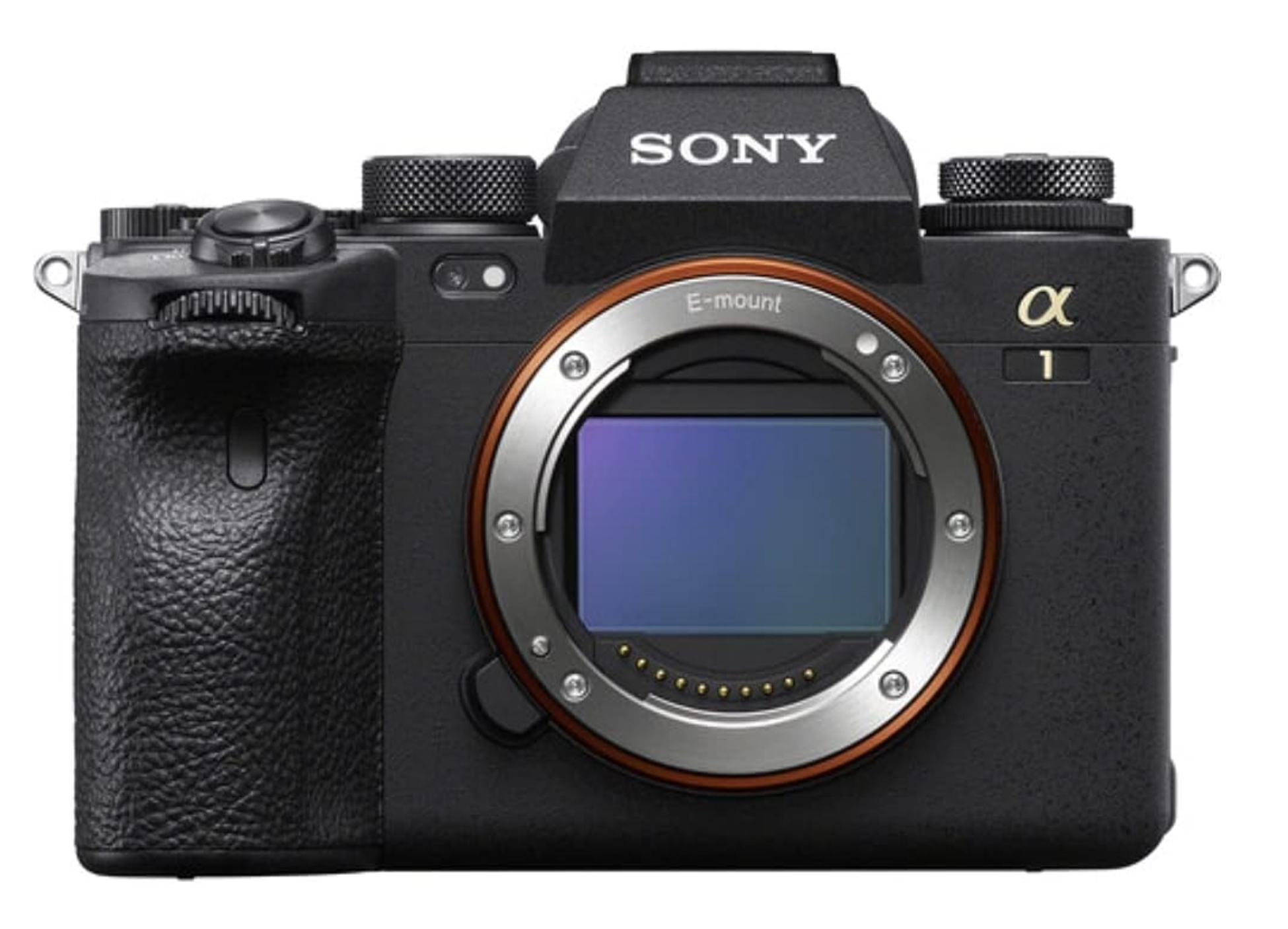
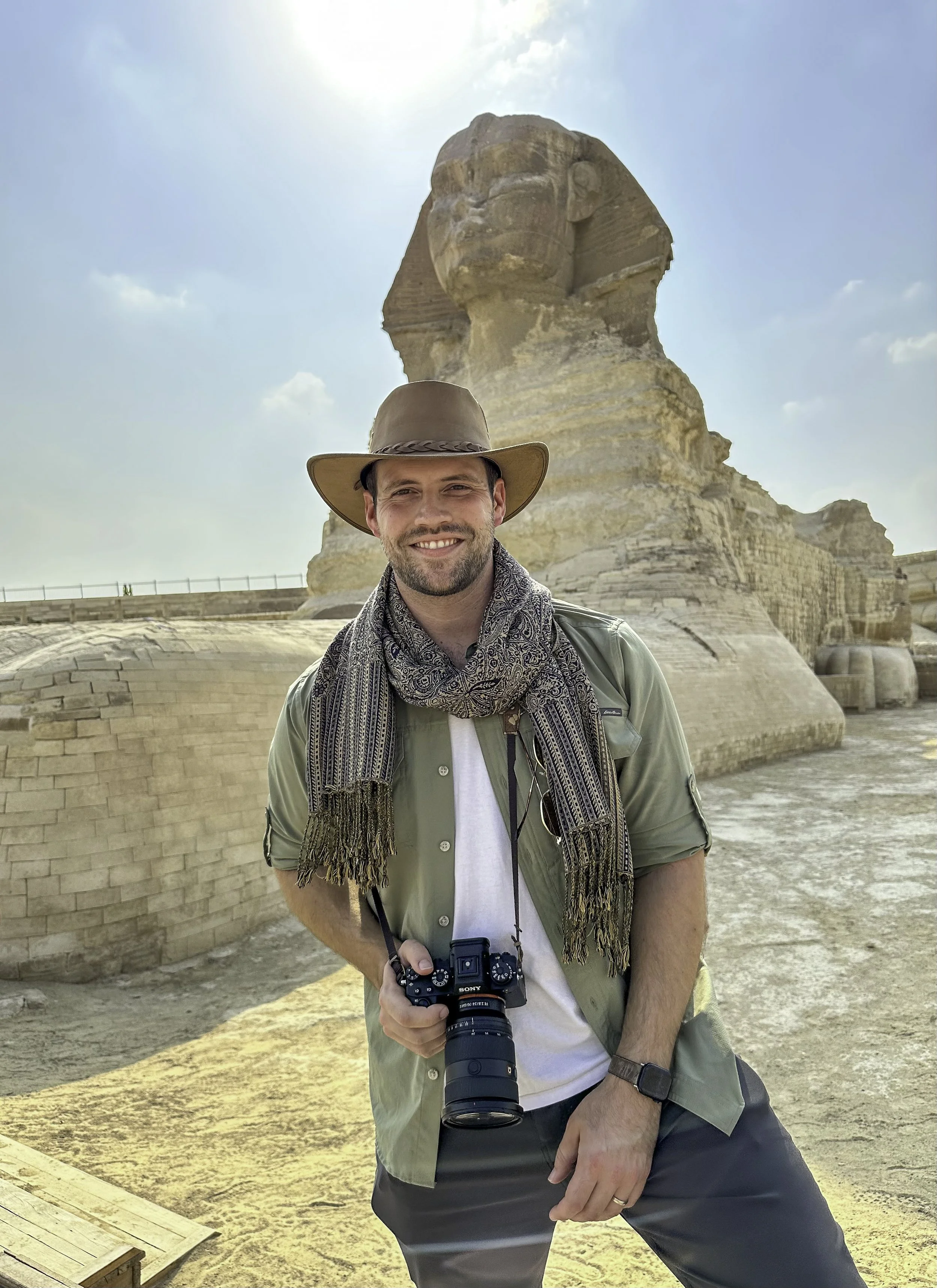





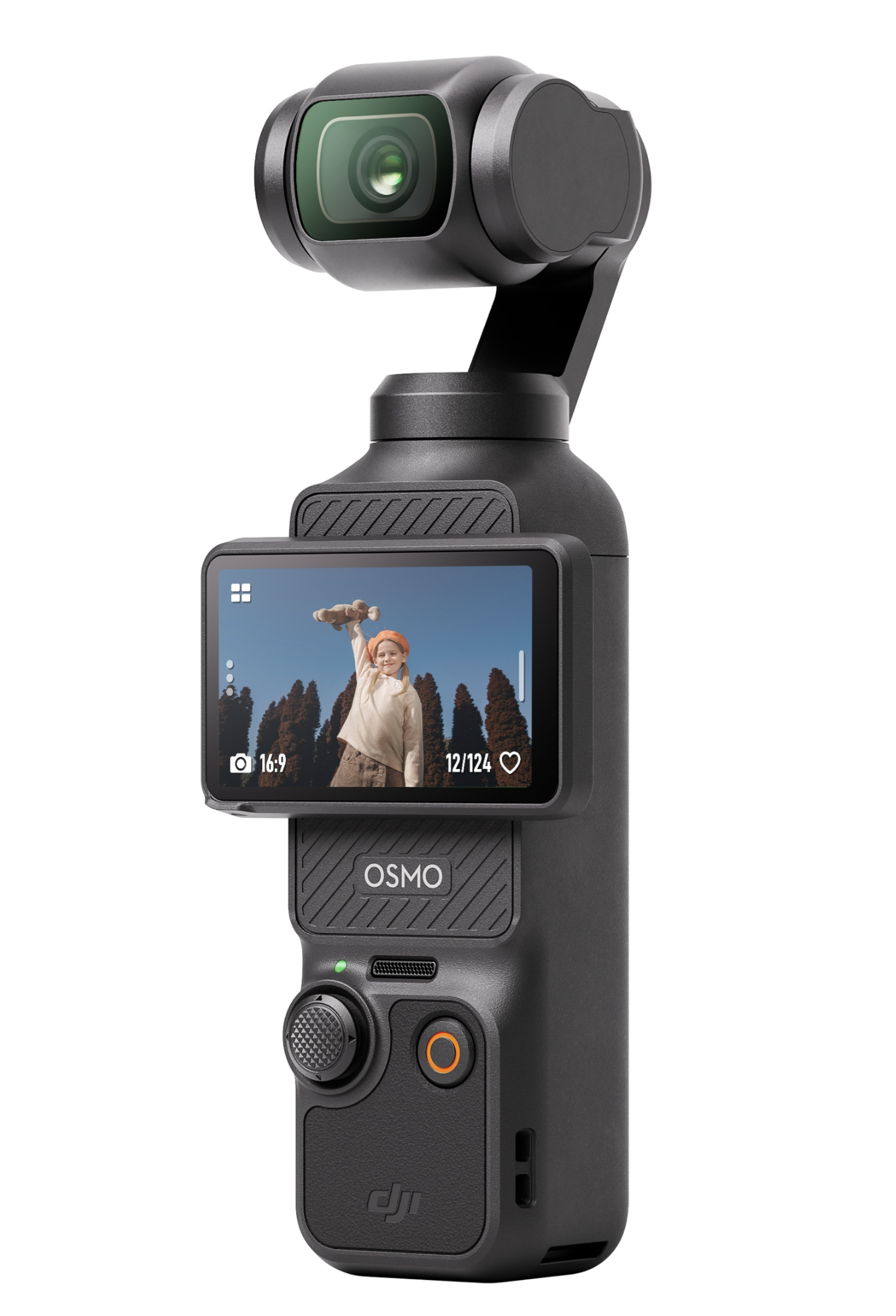
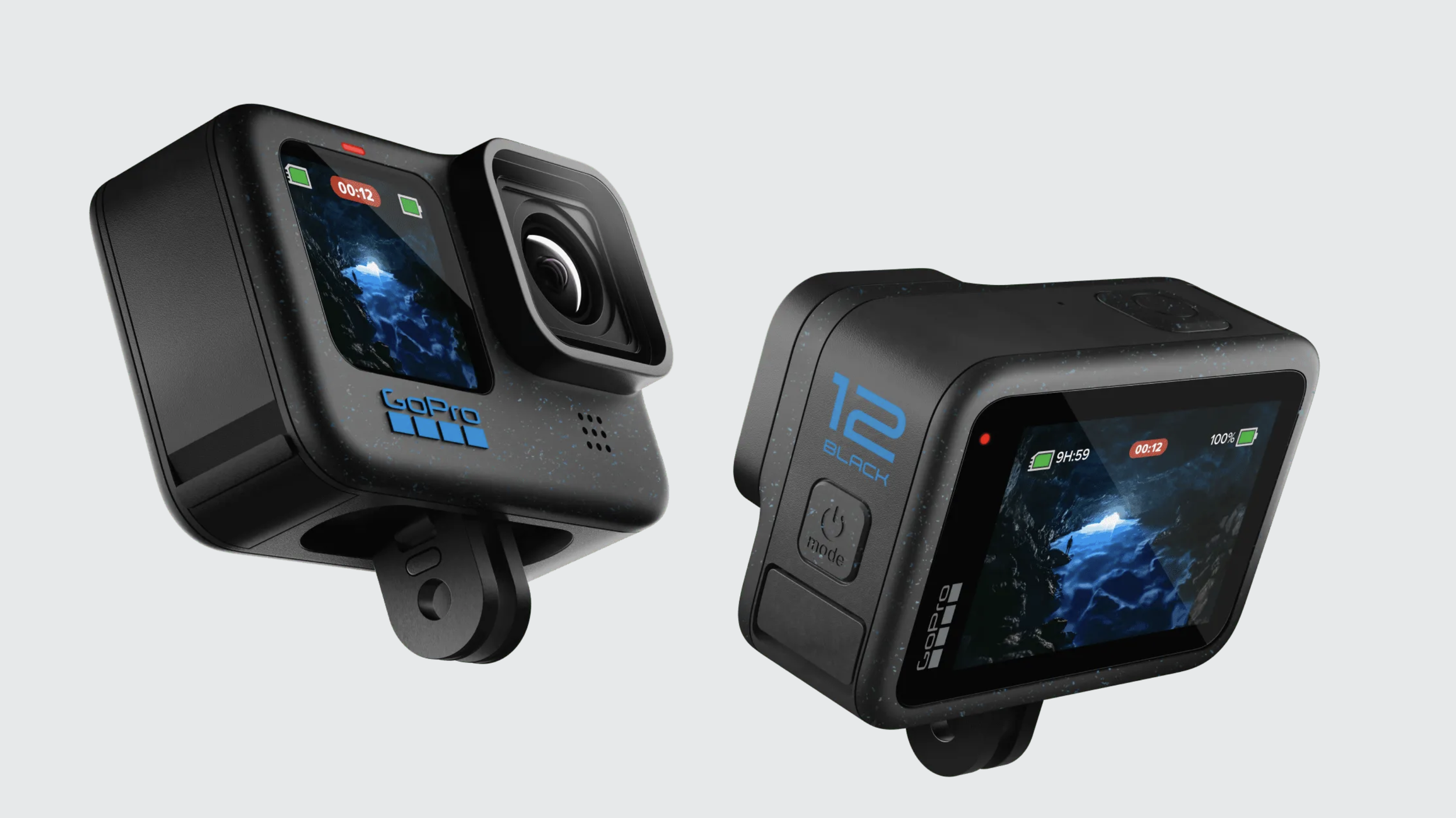


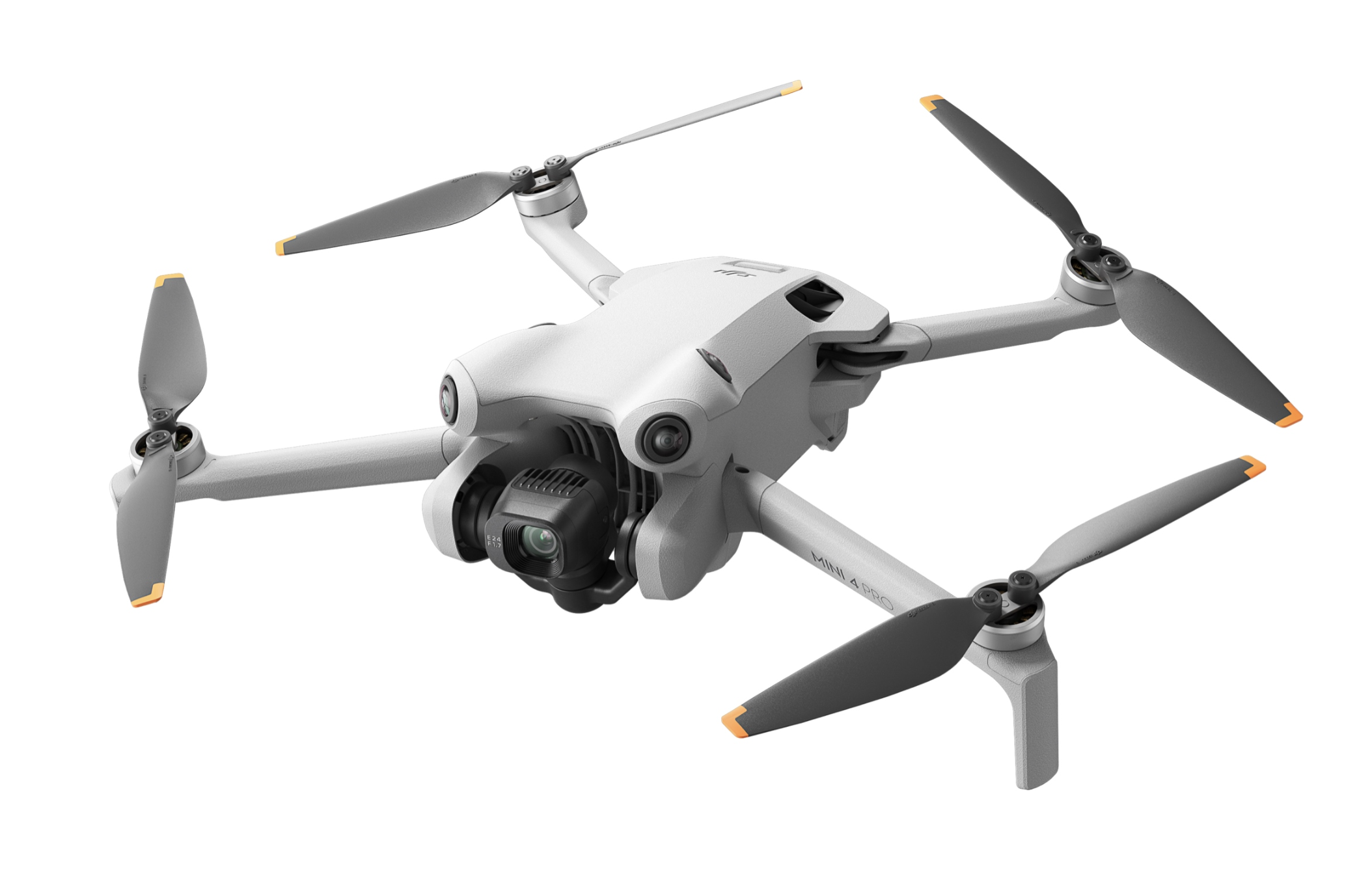
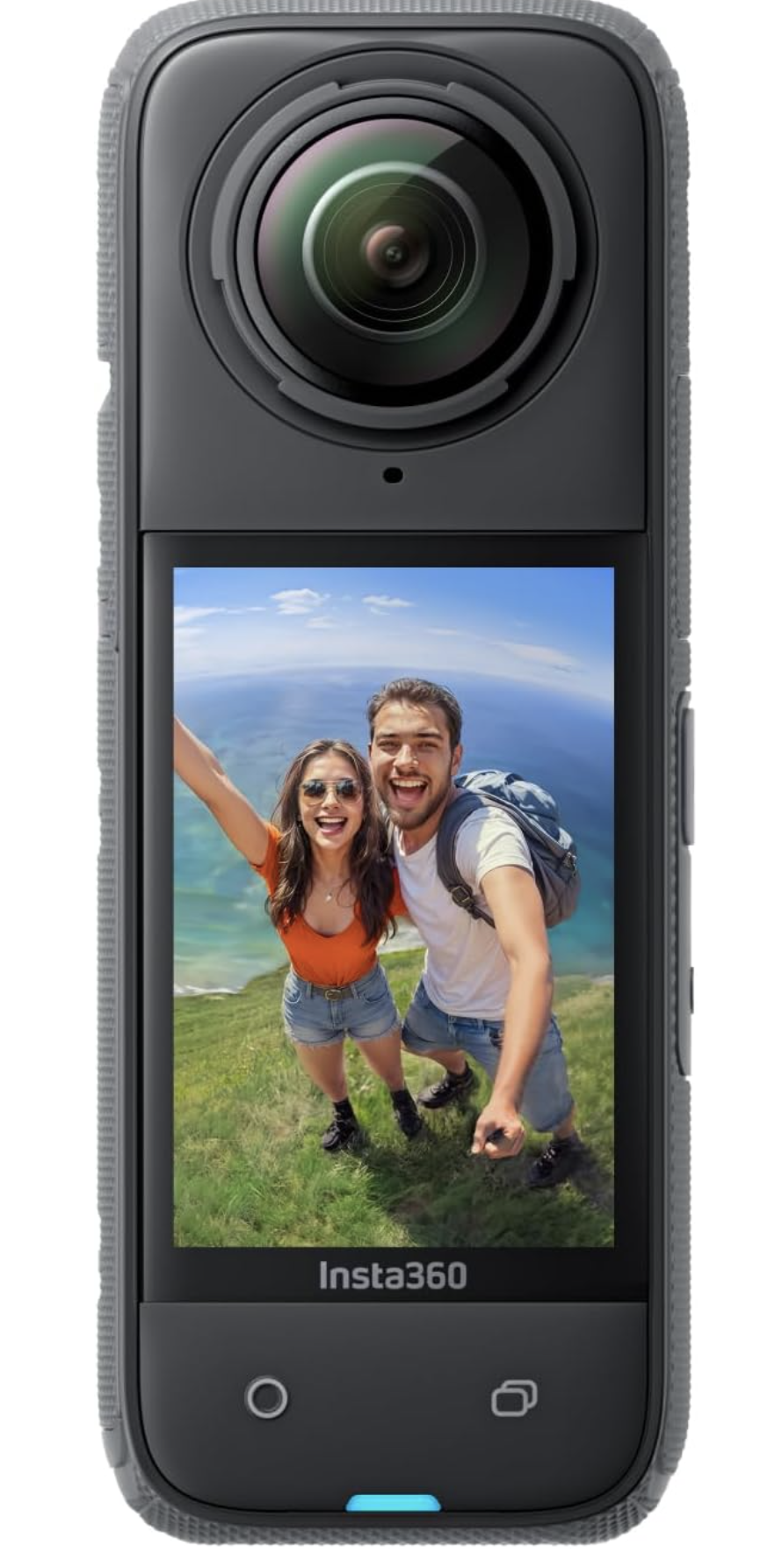
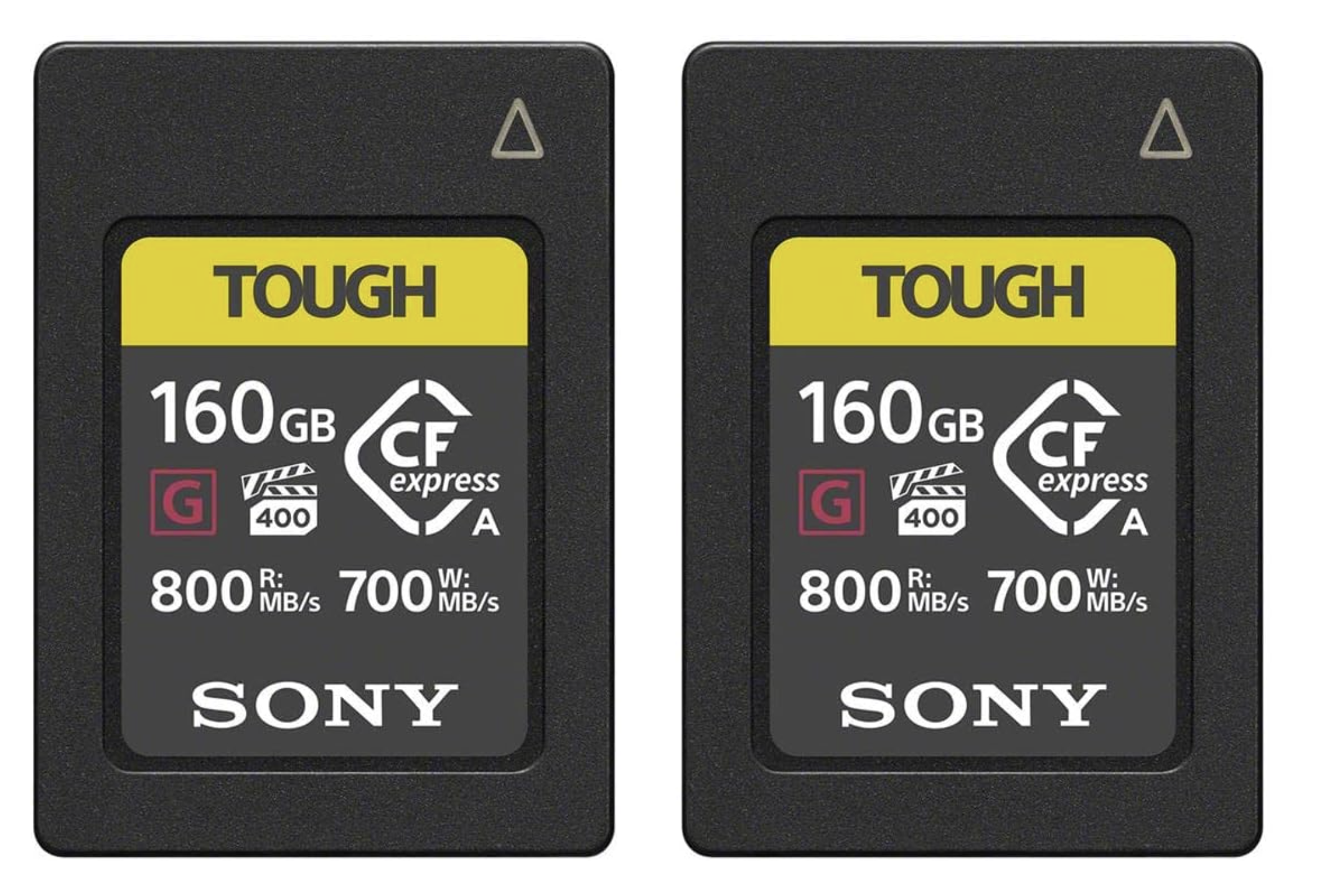
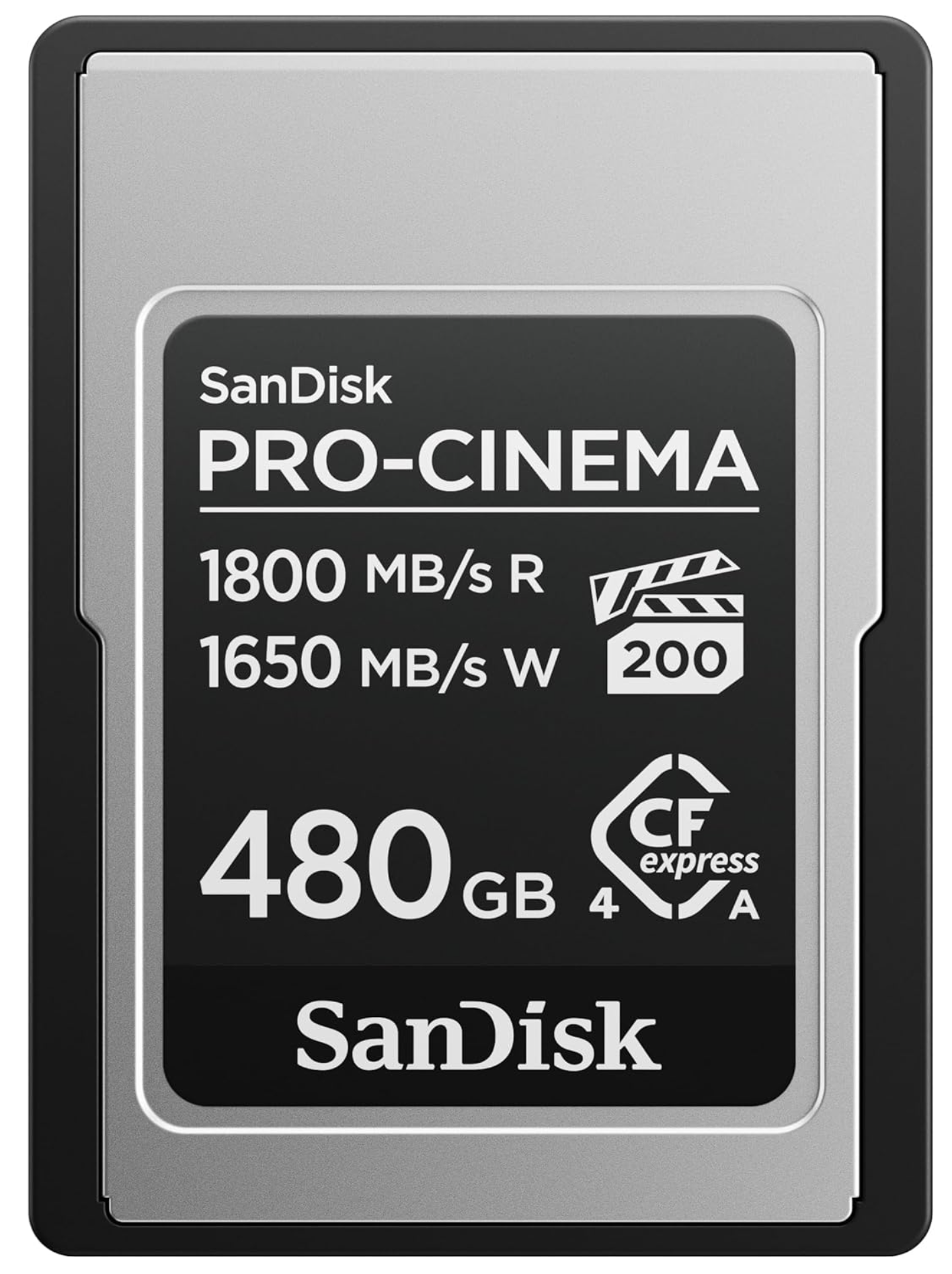

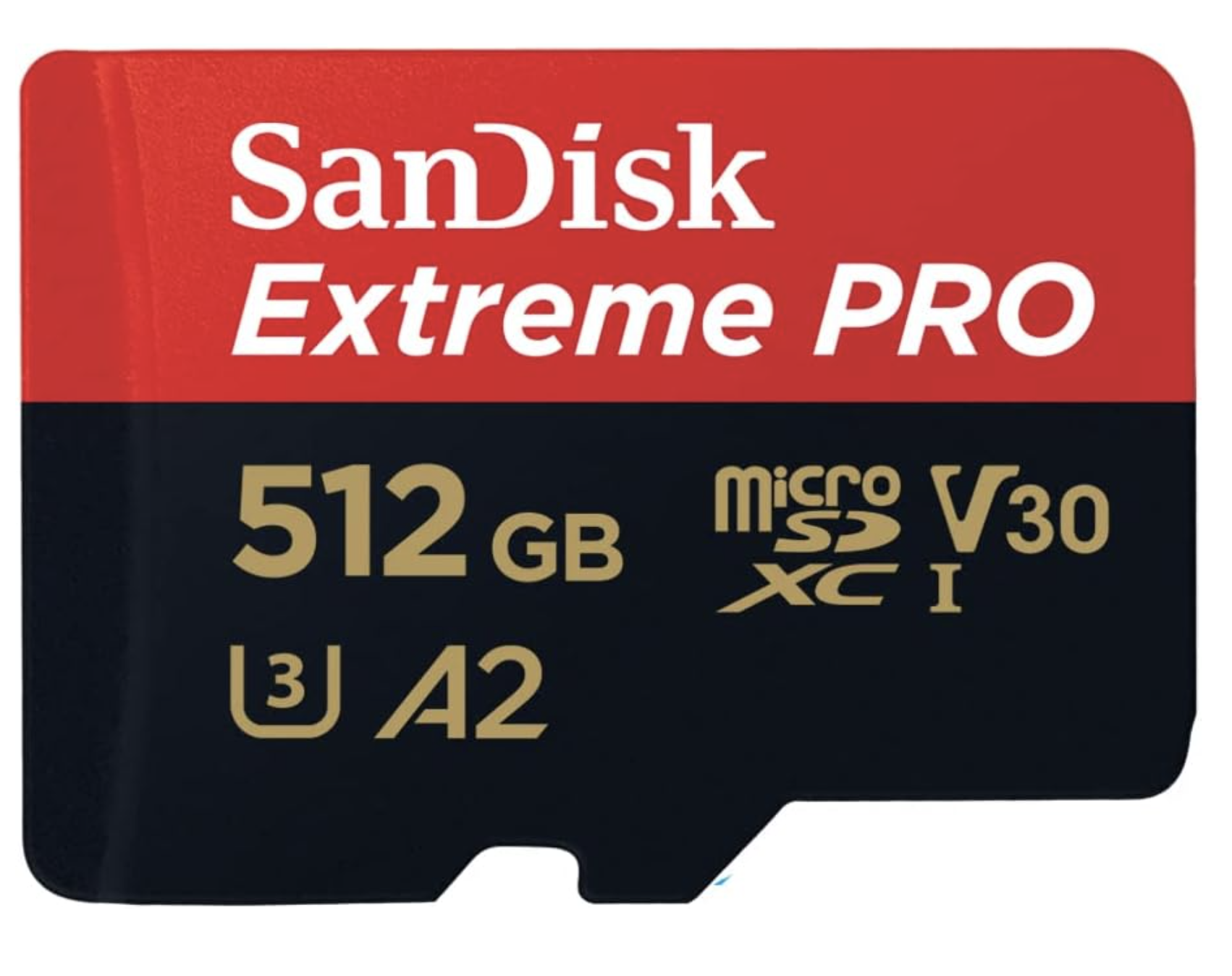
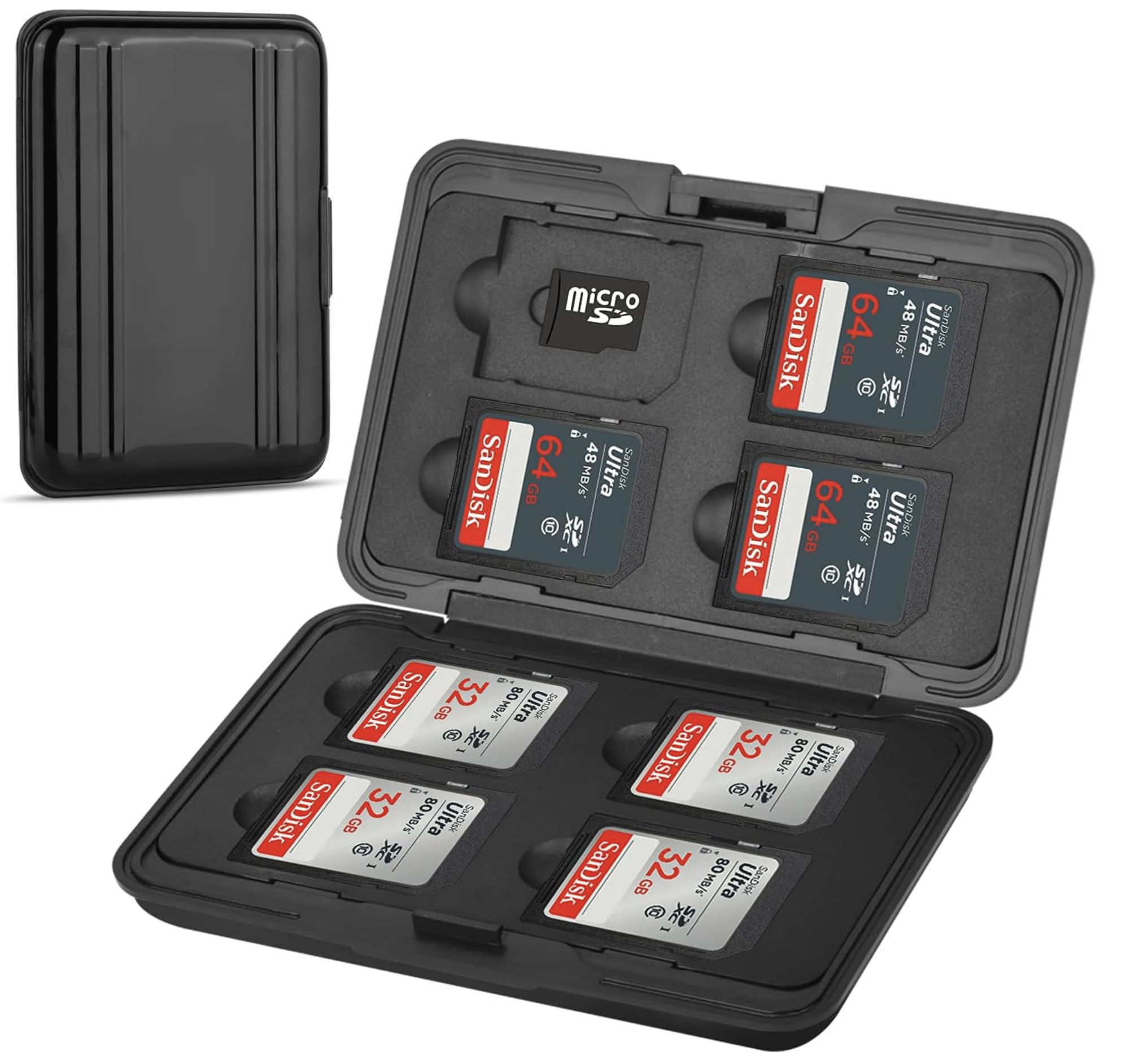
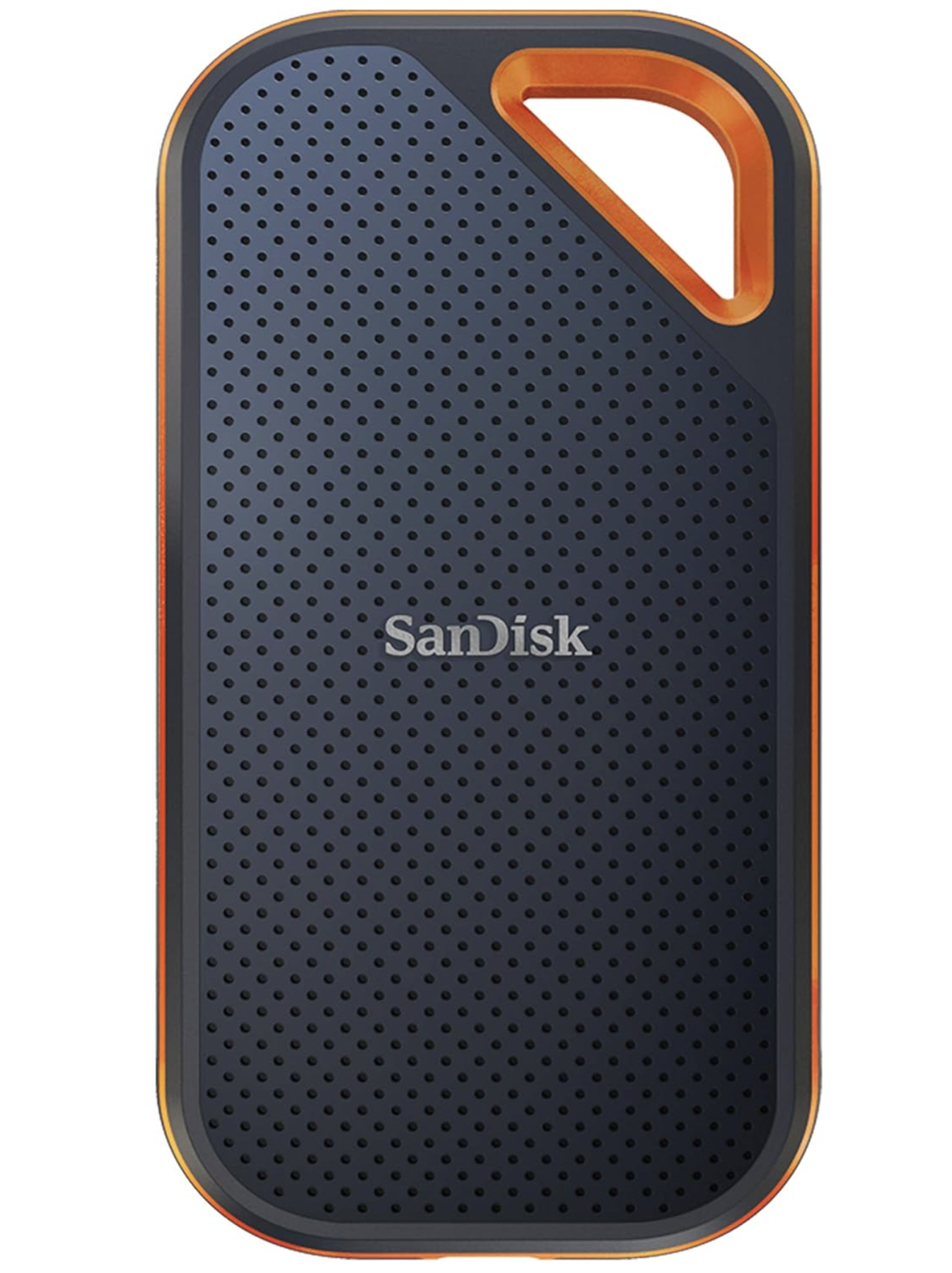


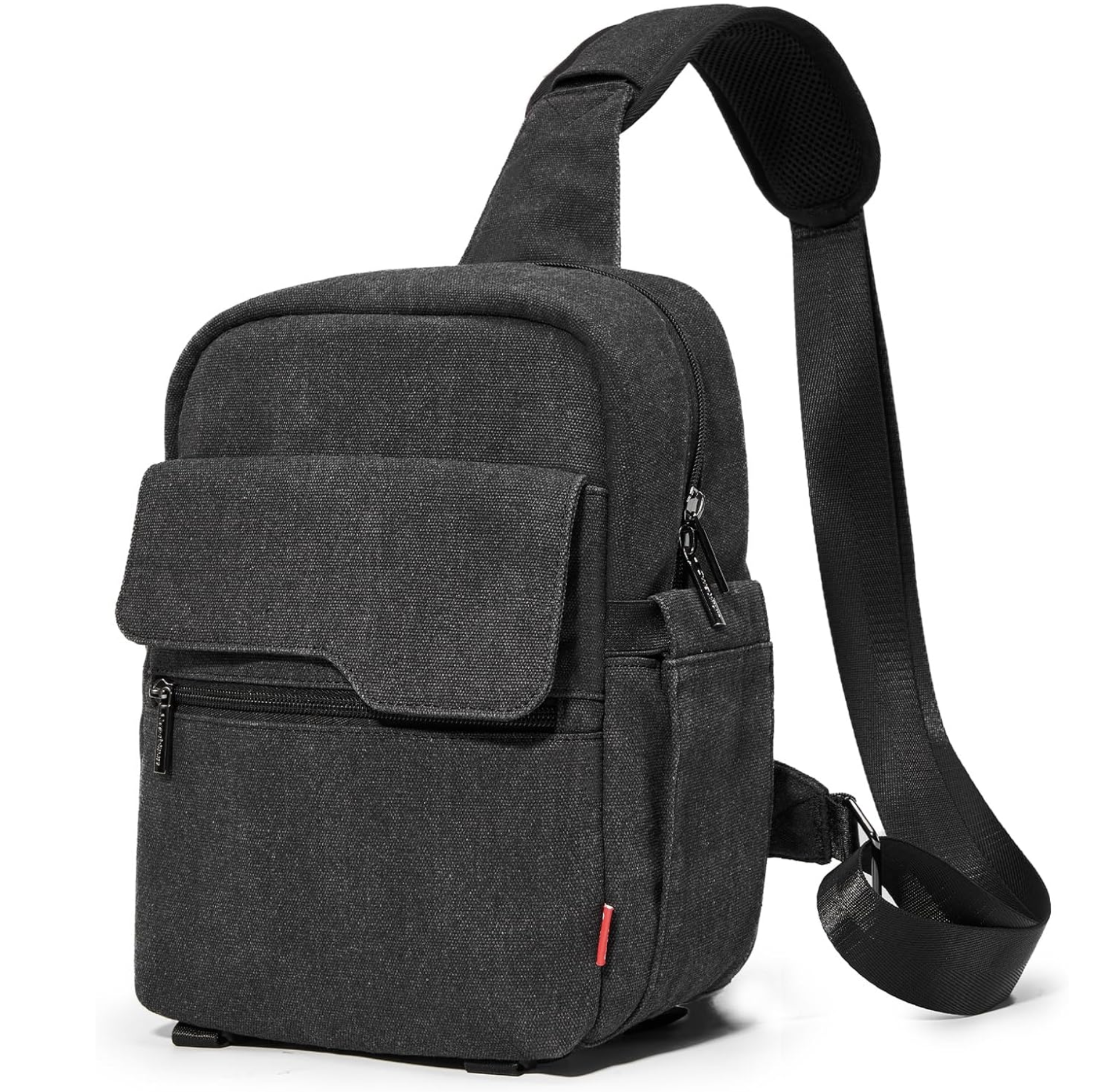


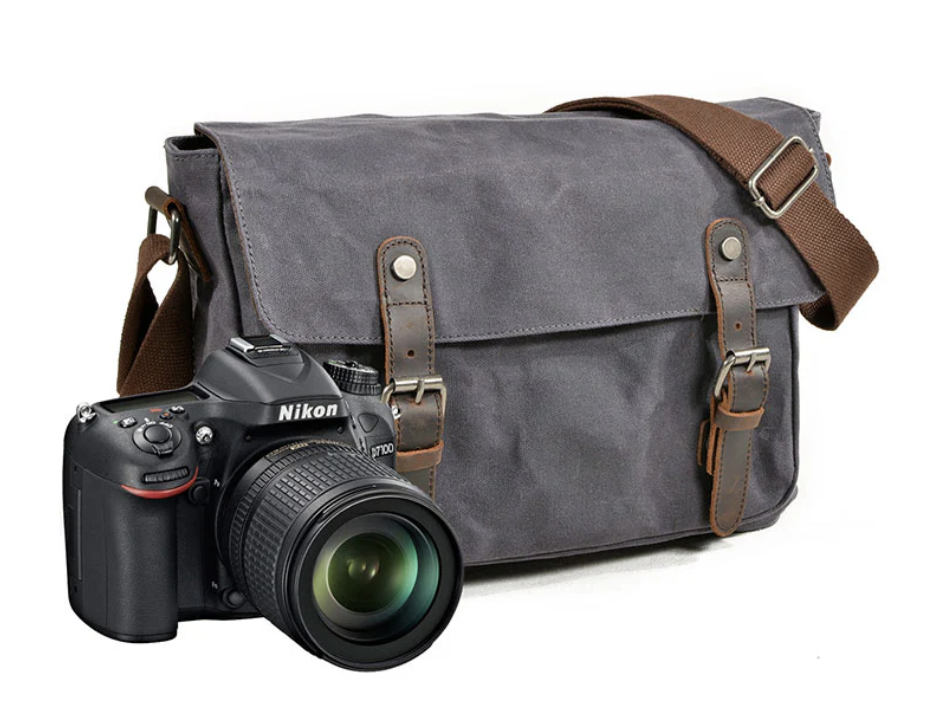

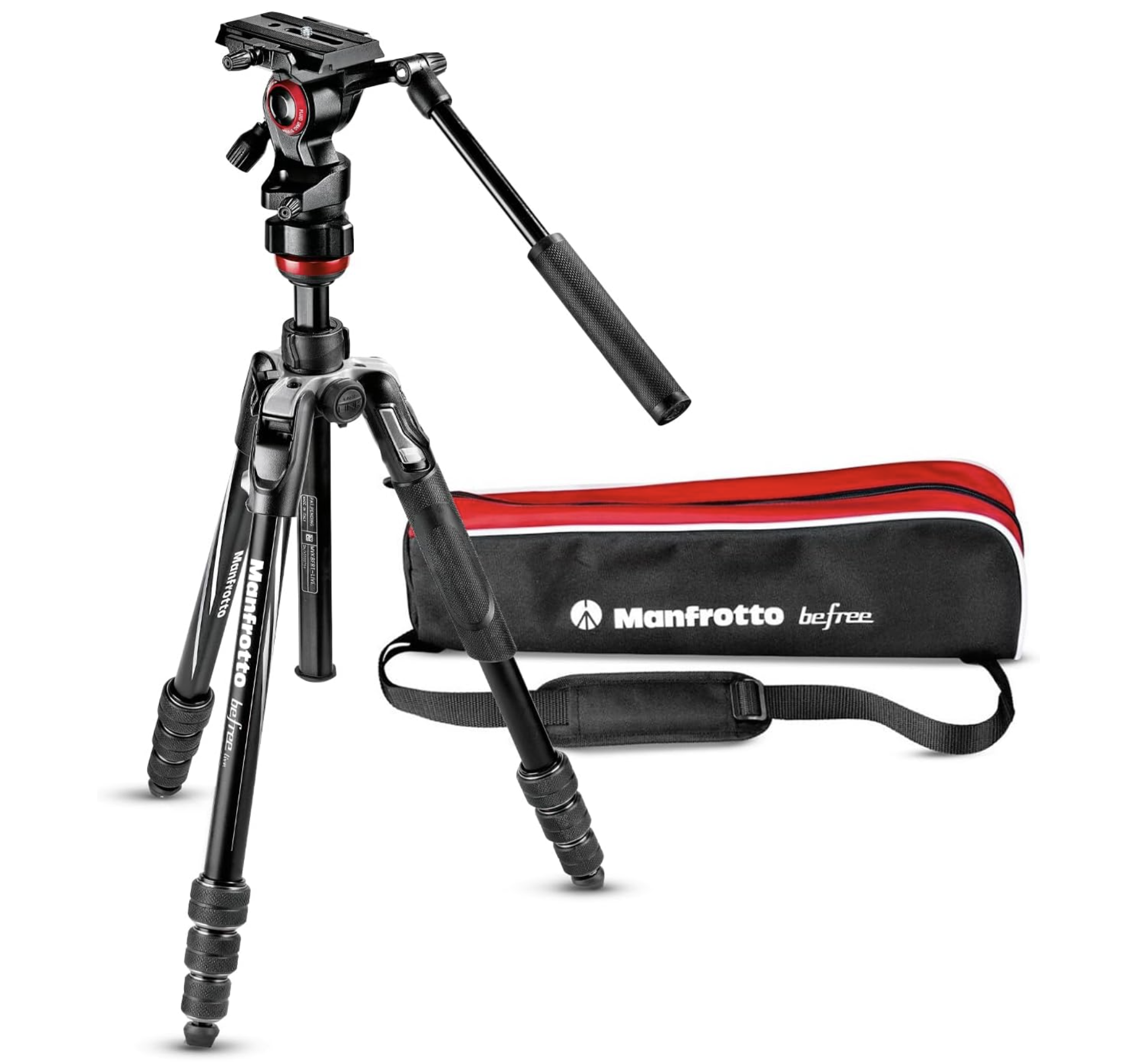



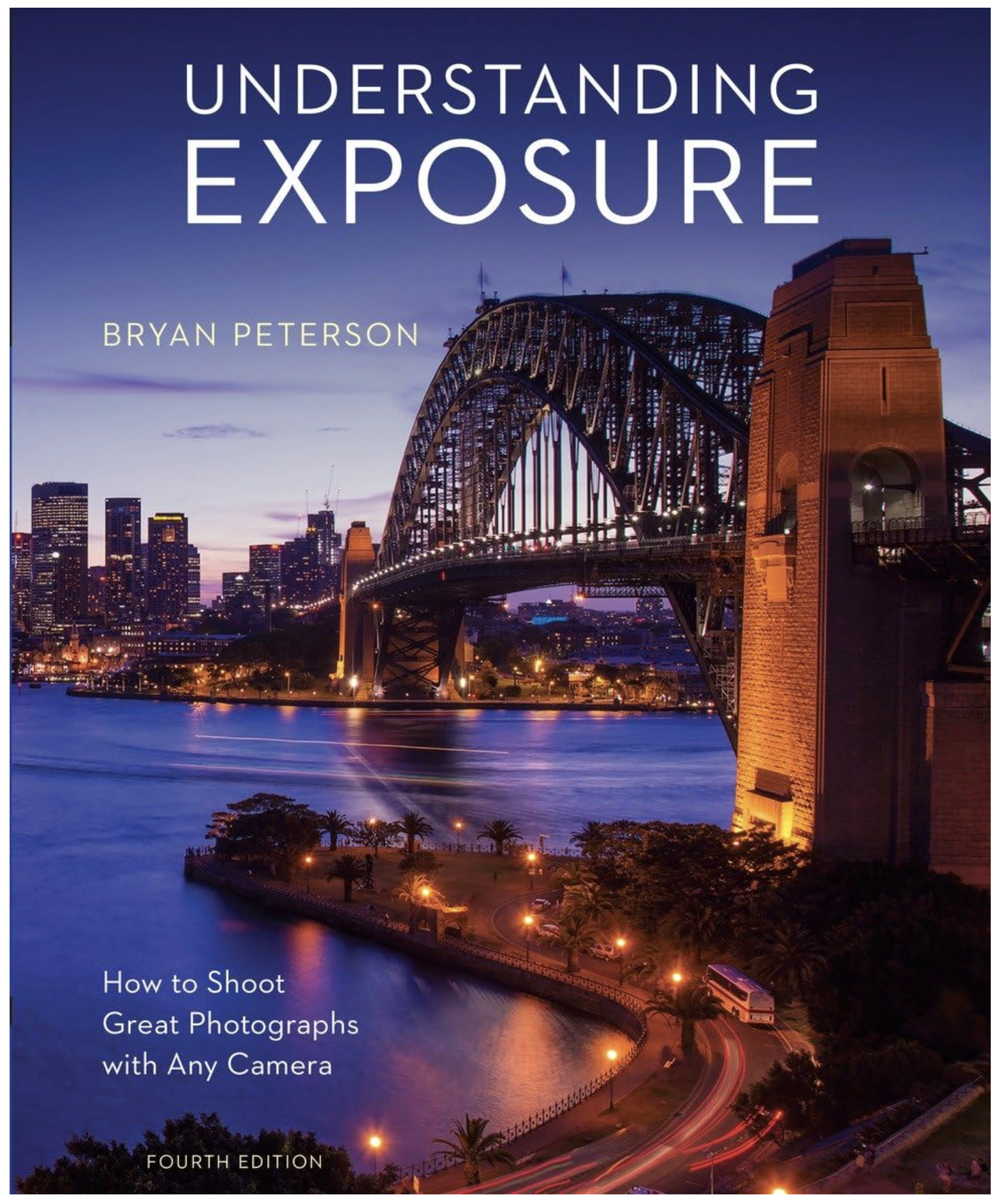
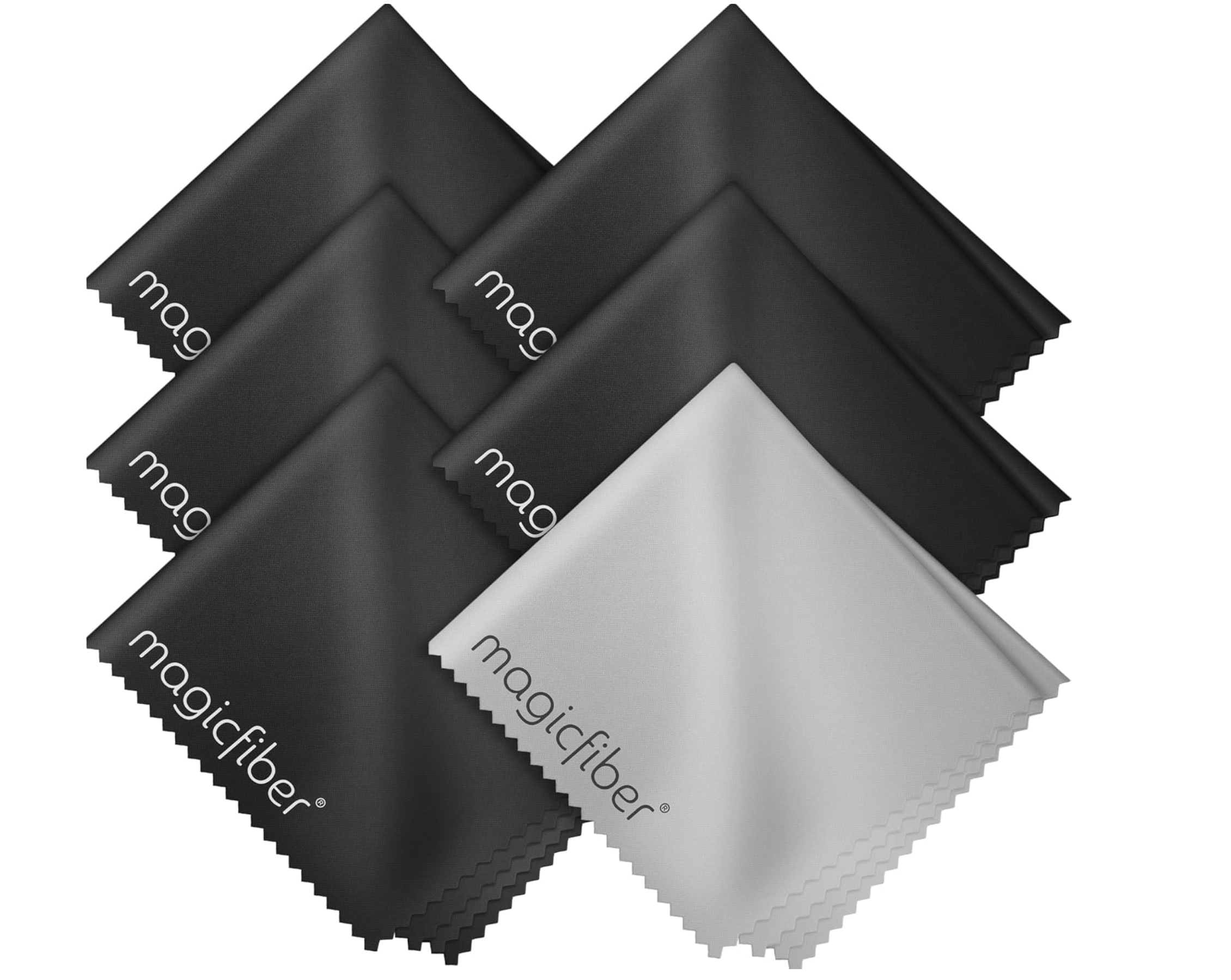


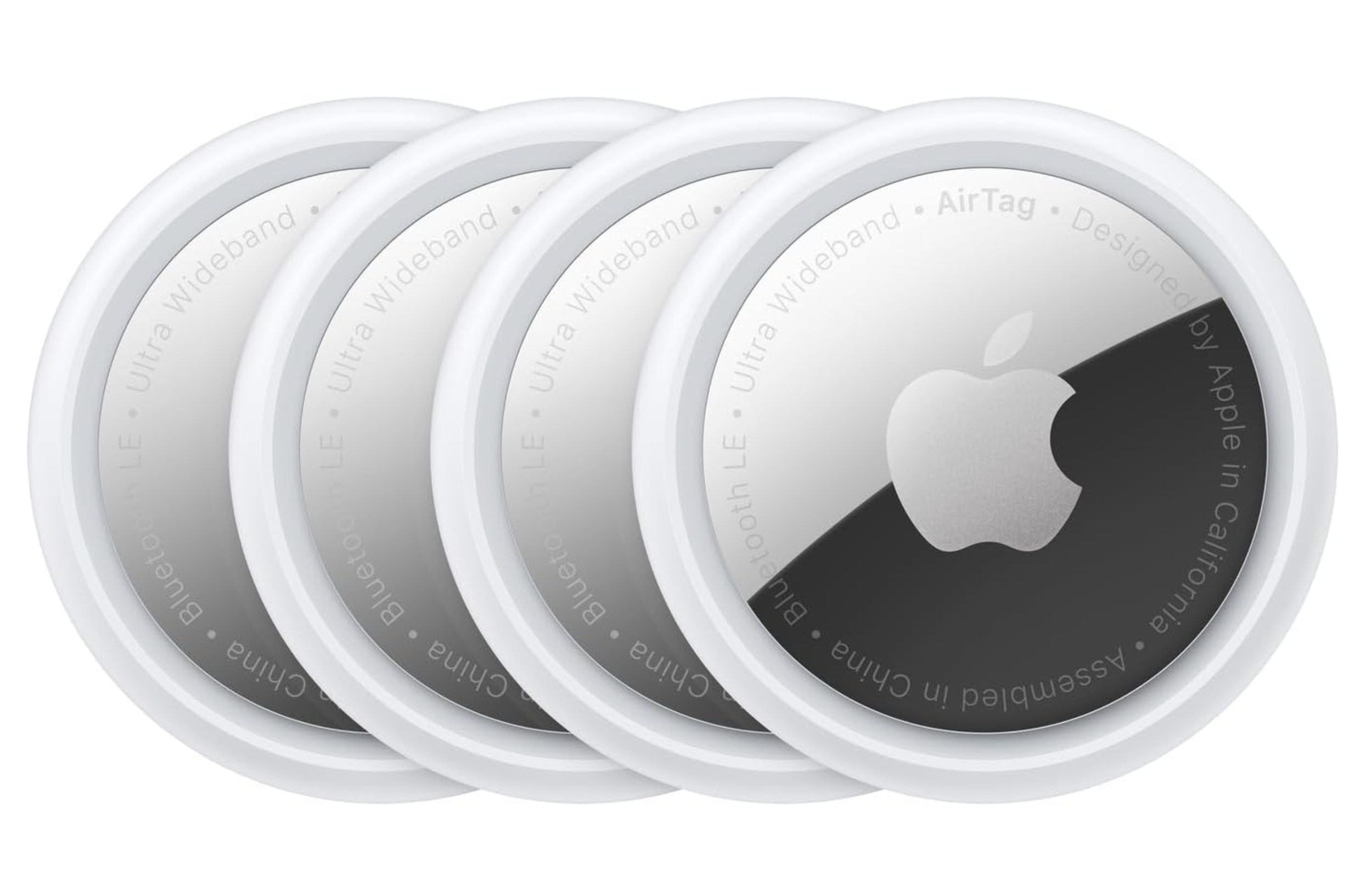
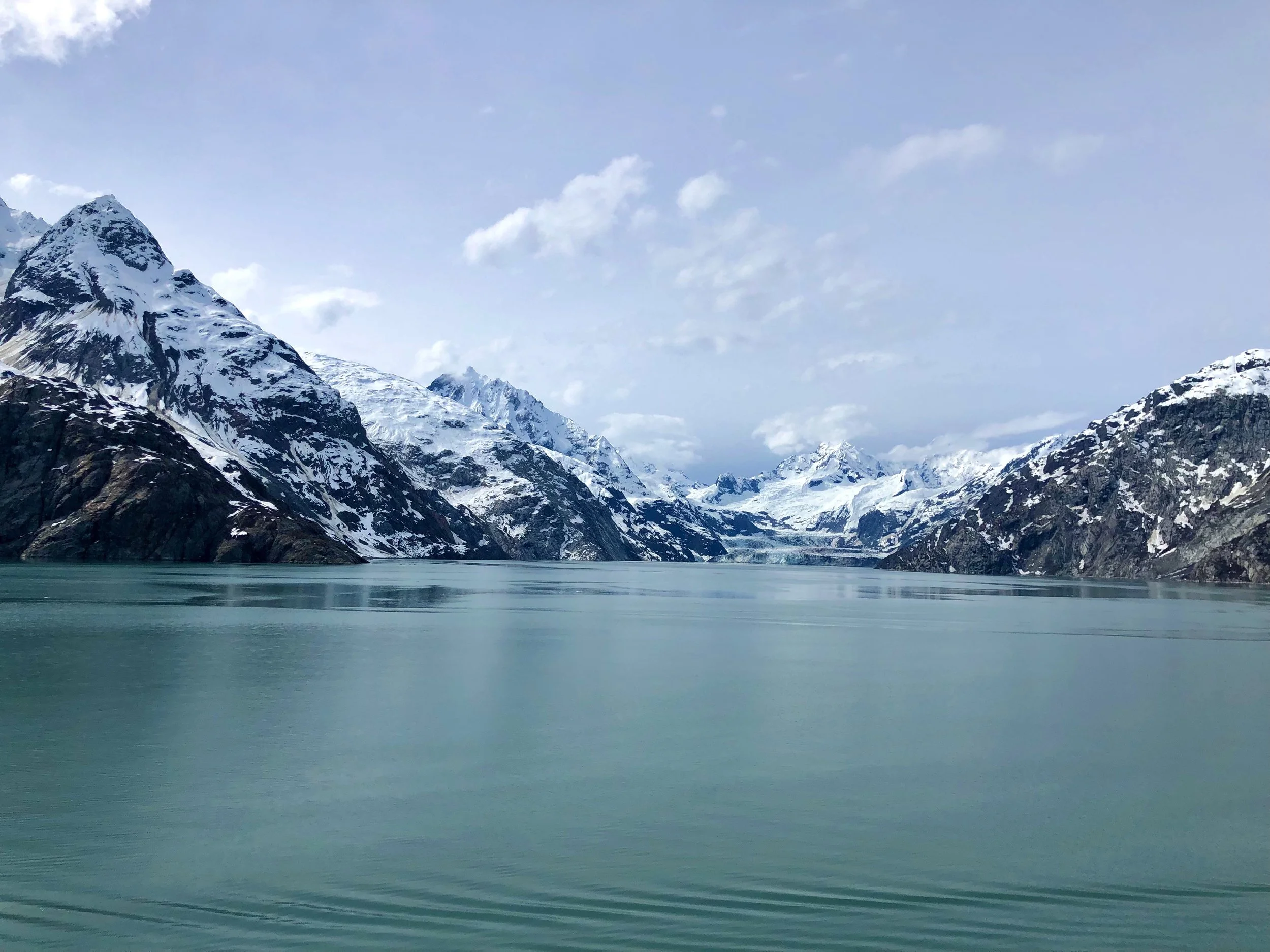



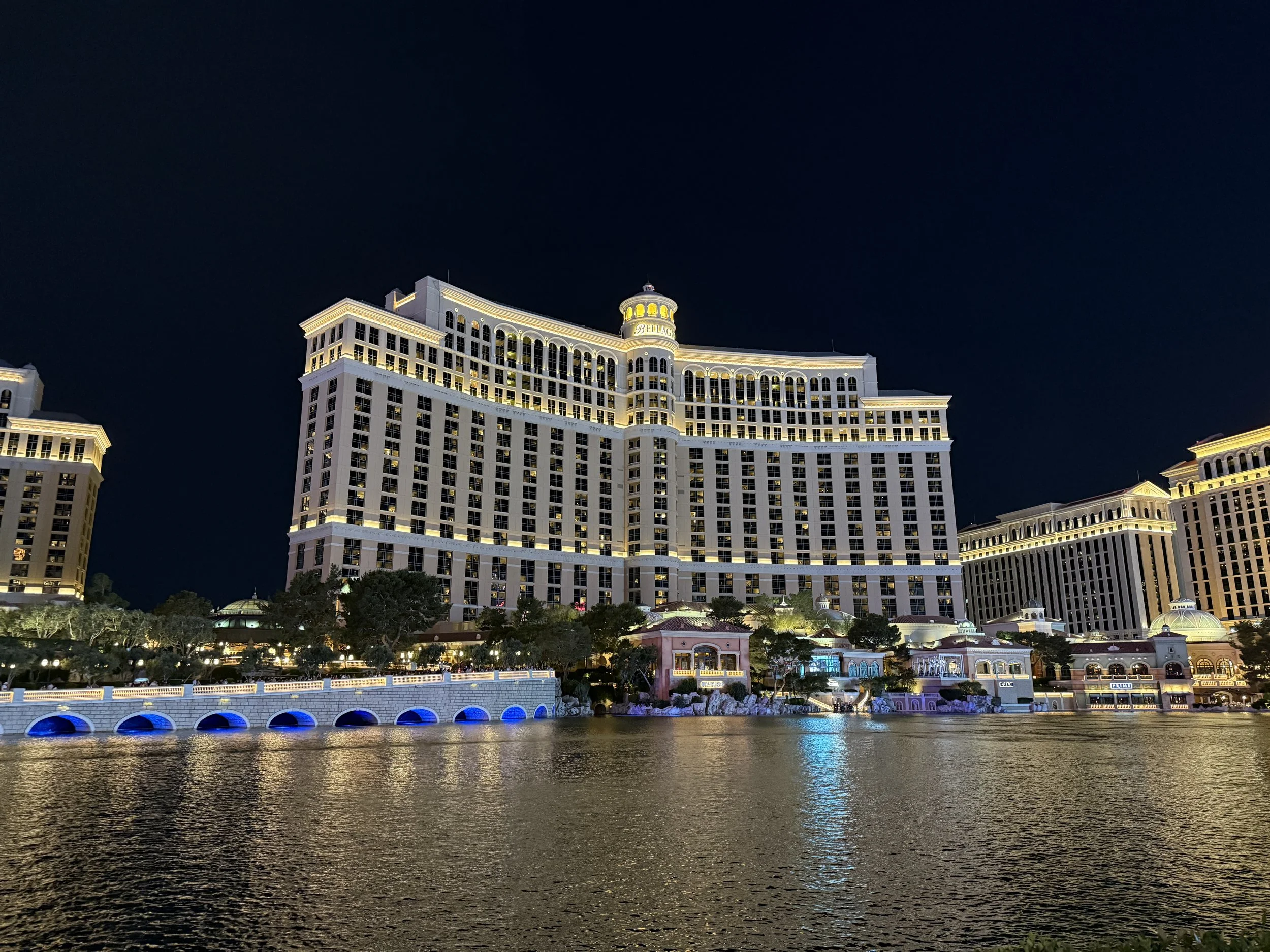
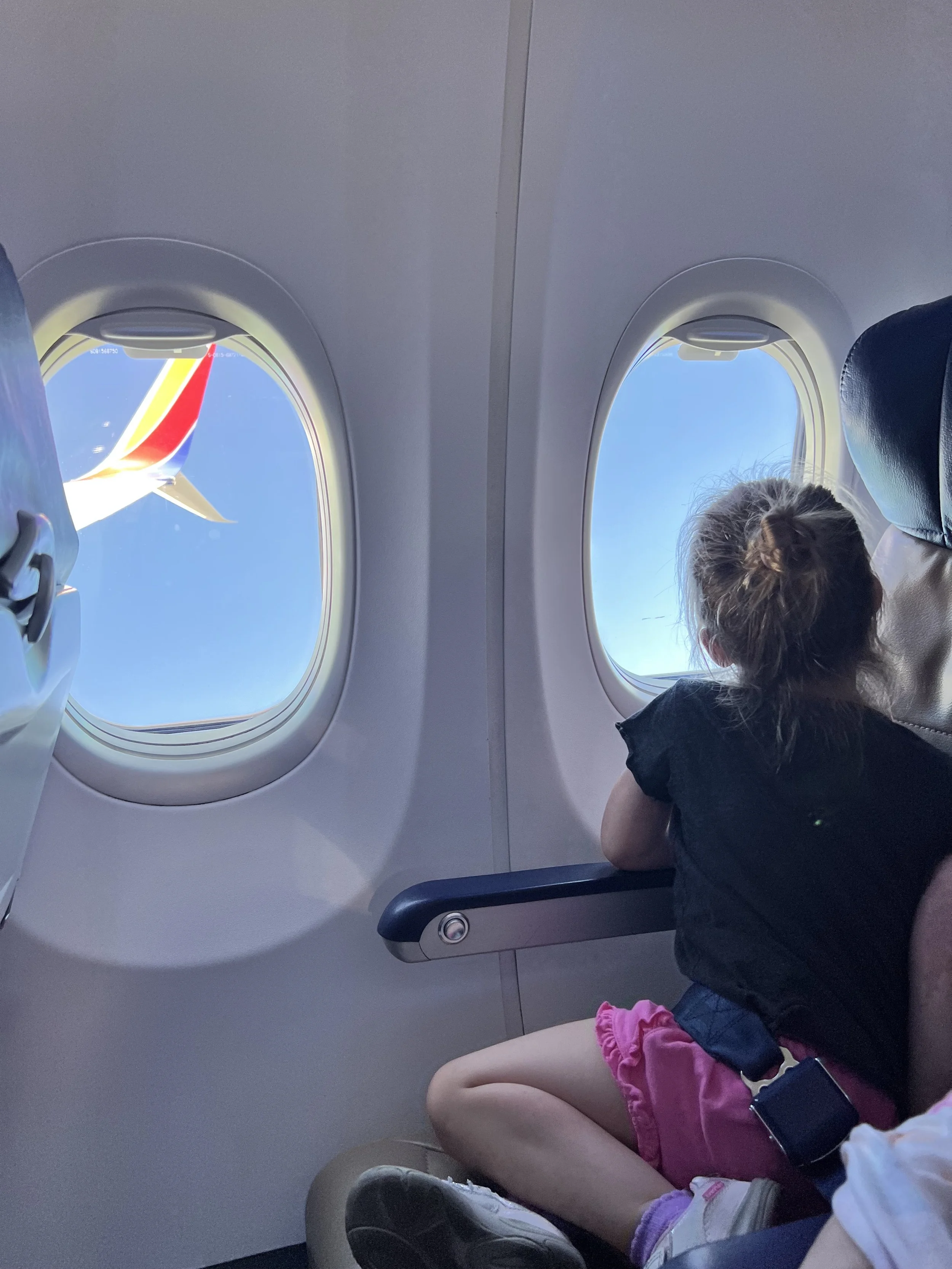

Here are the GoPro accessories that are actually worth your time.